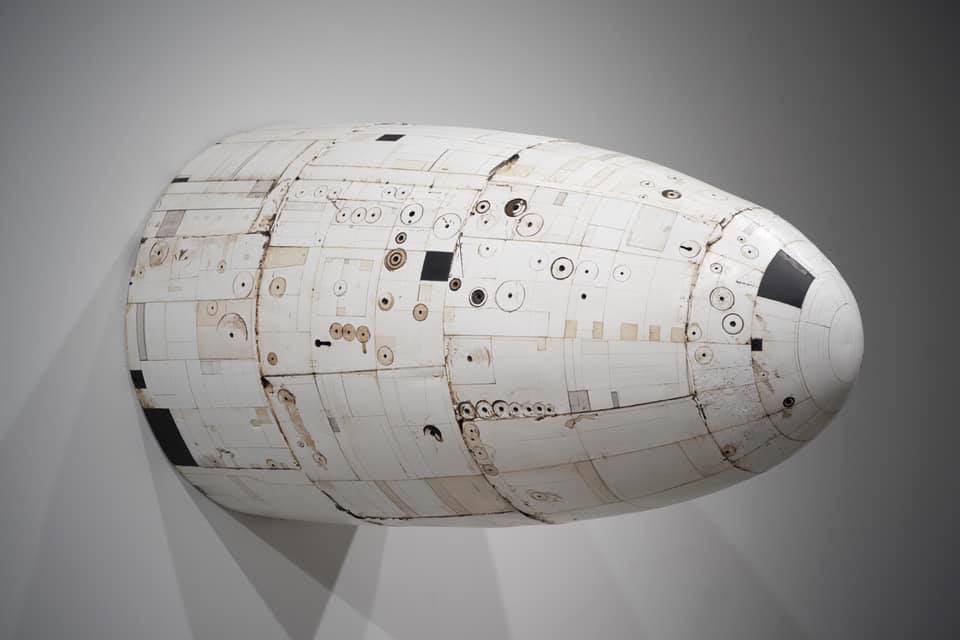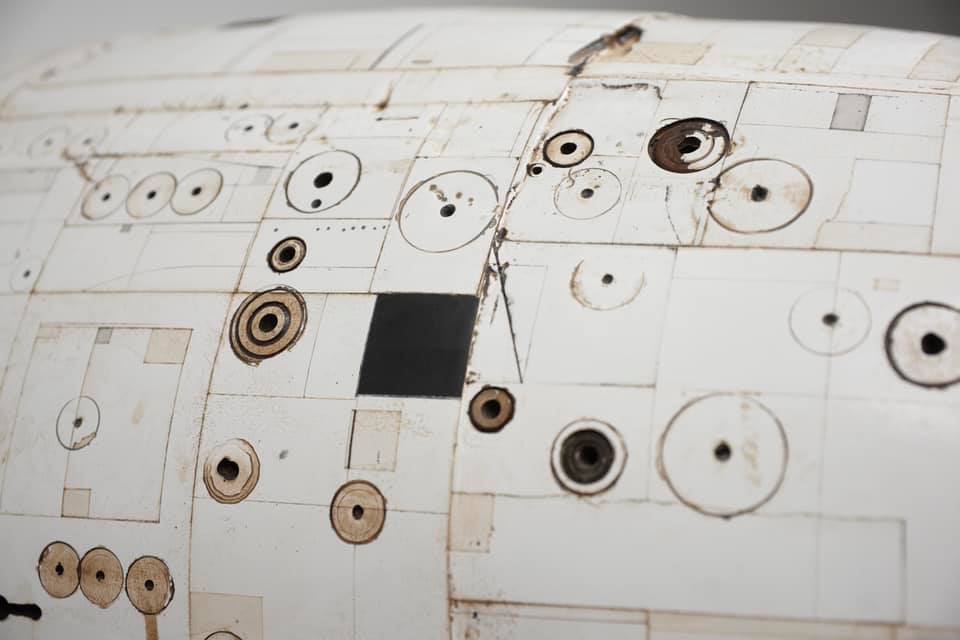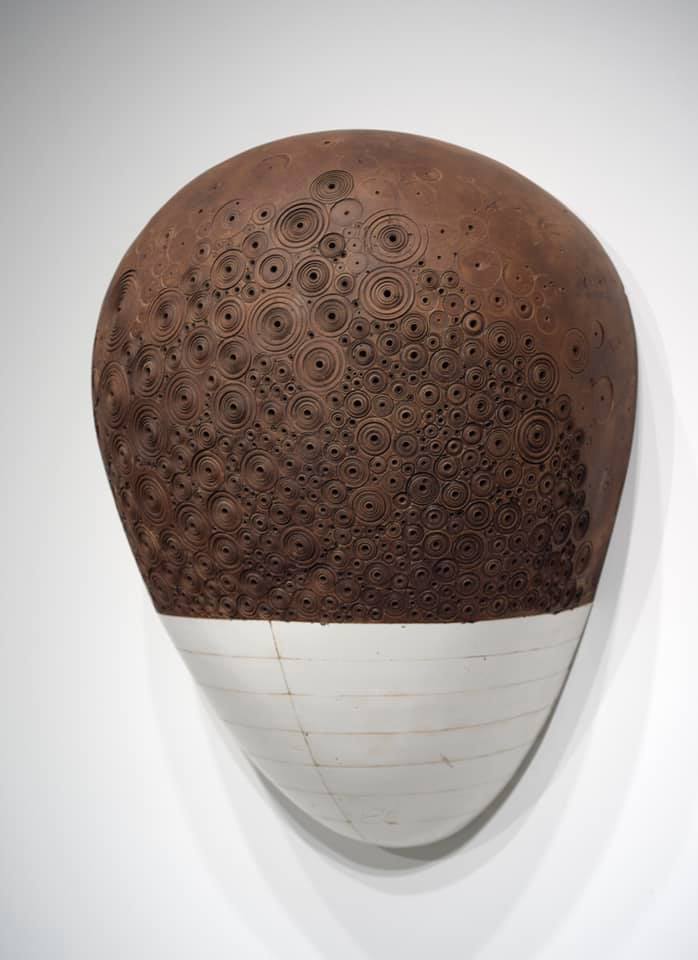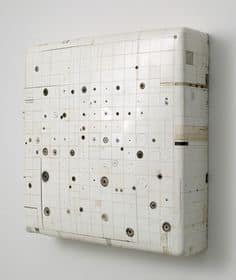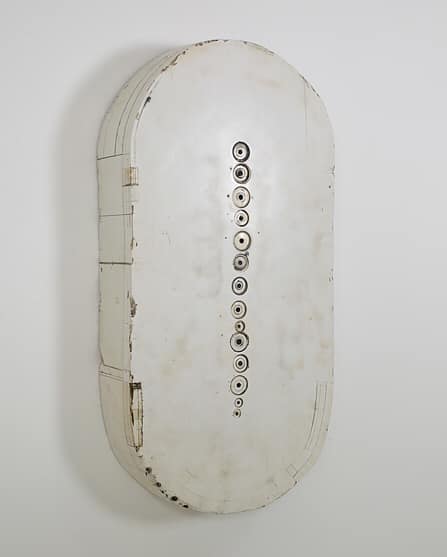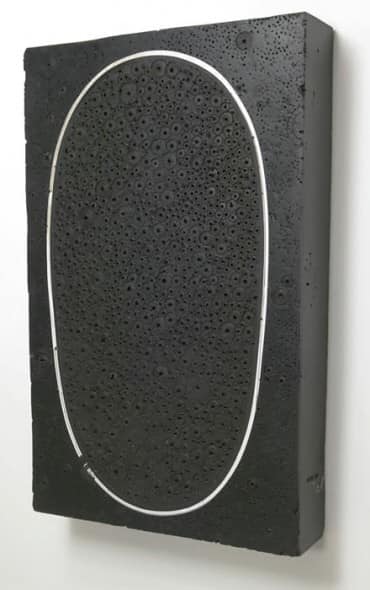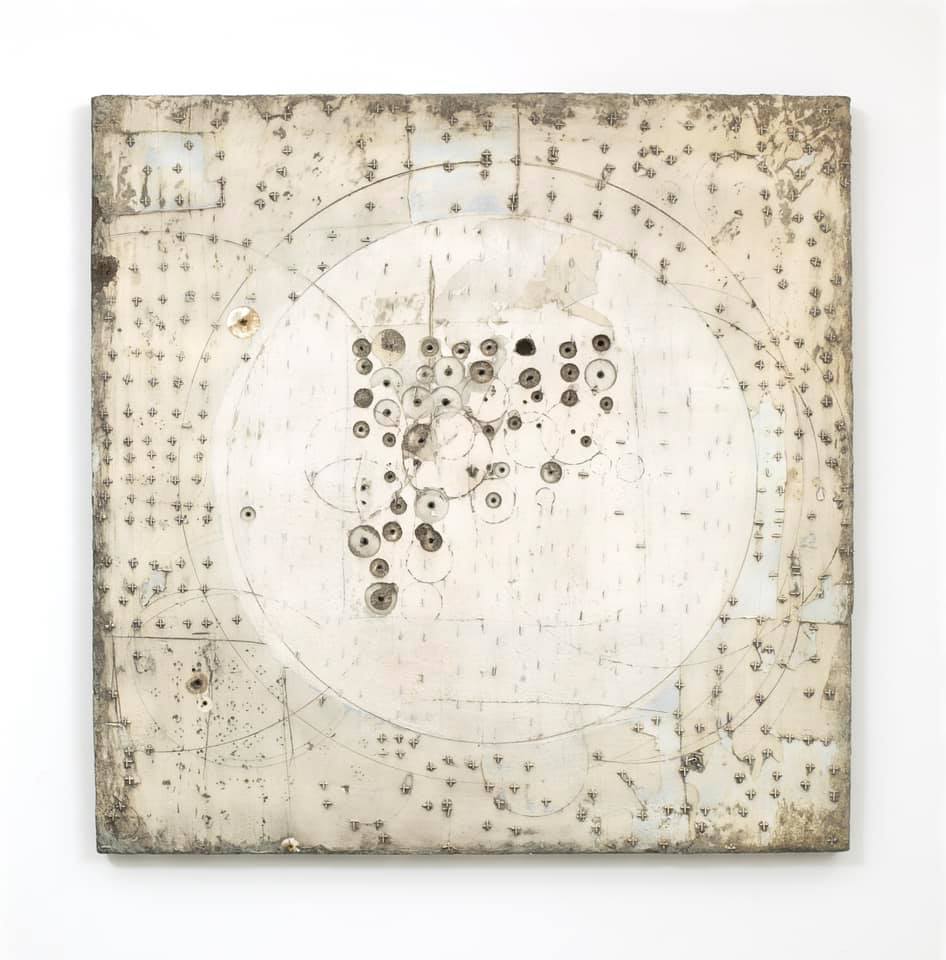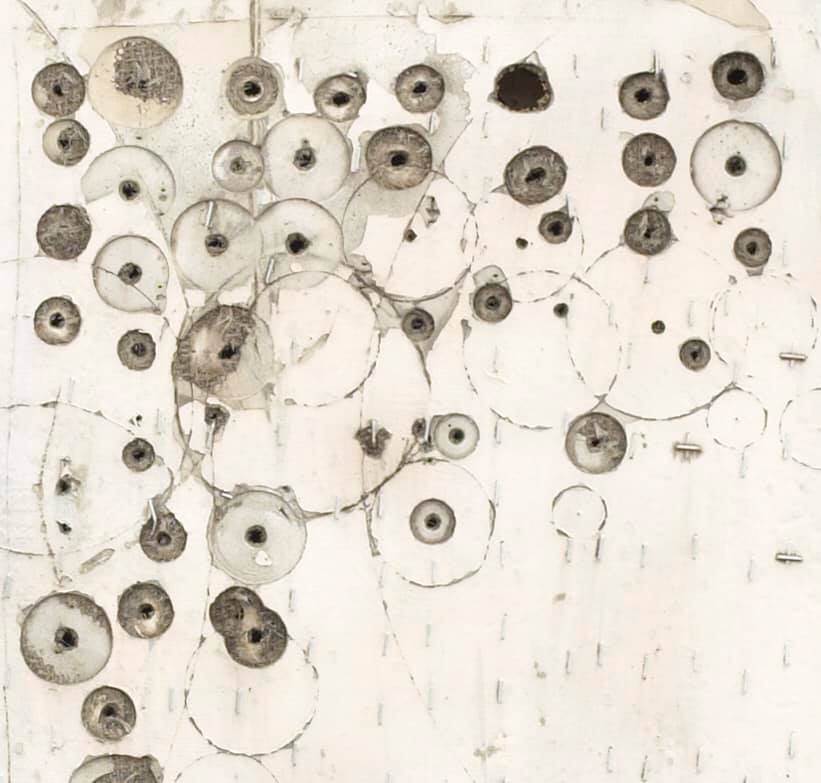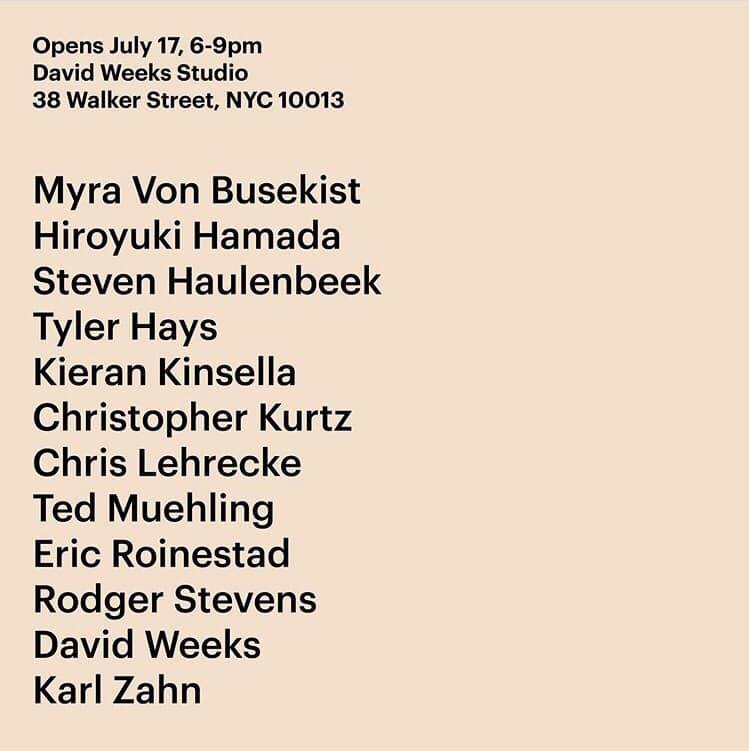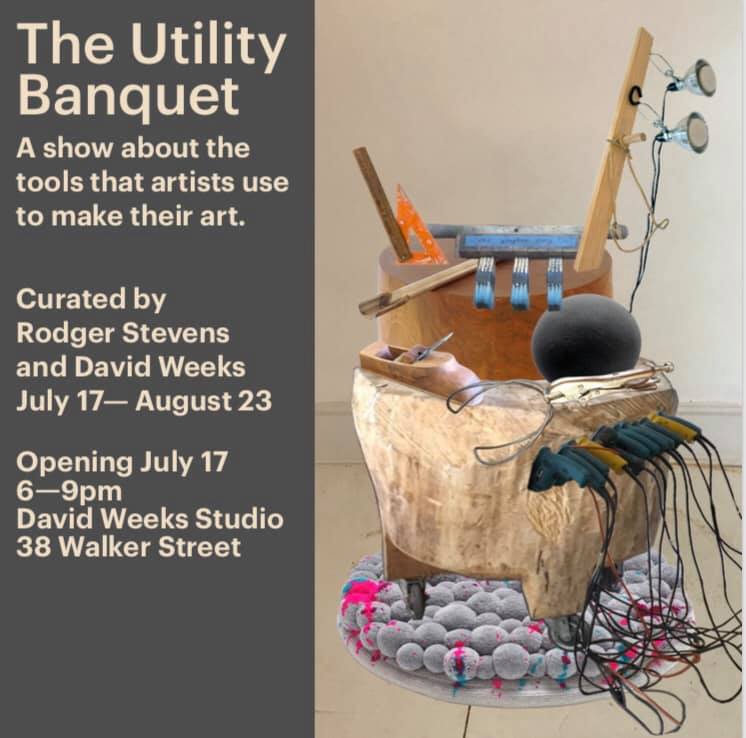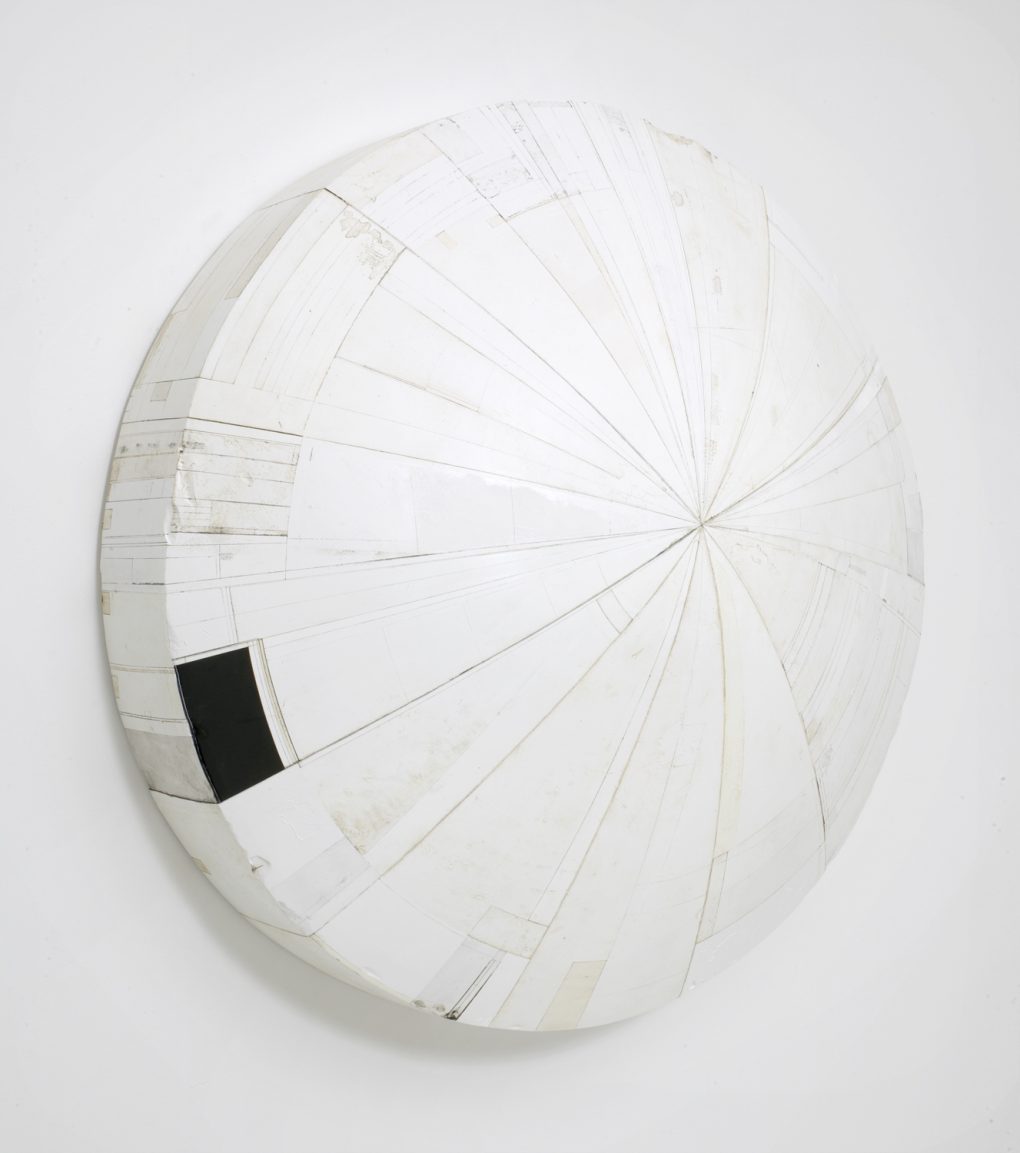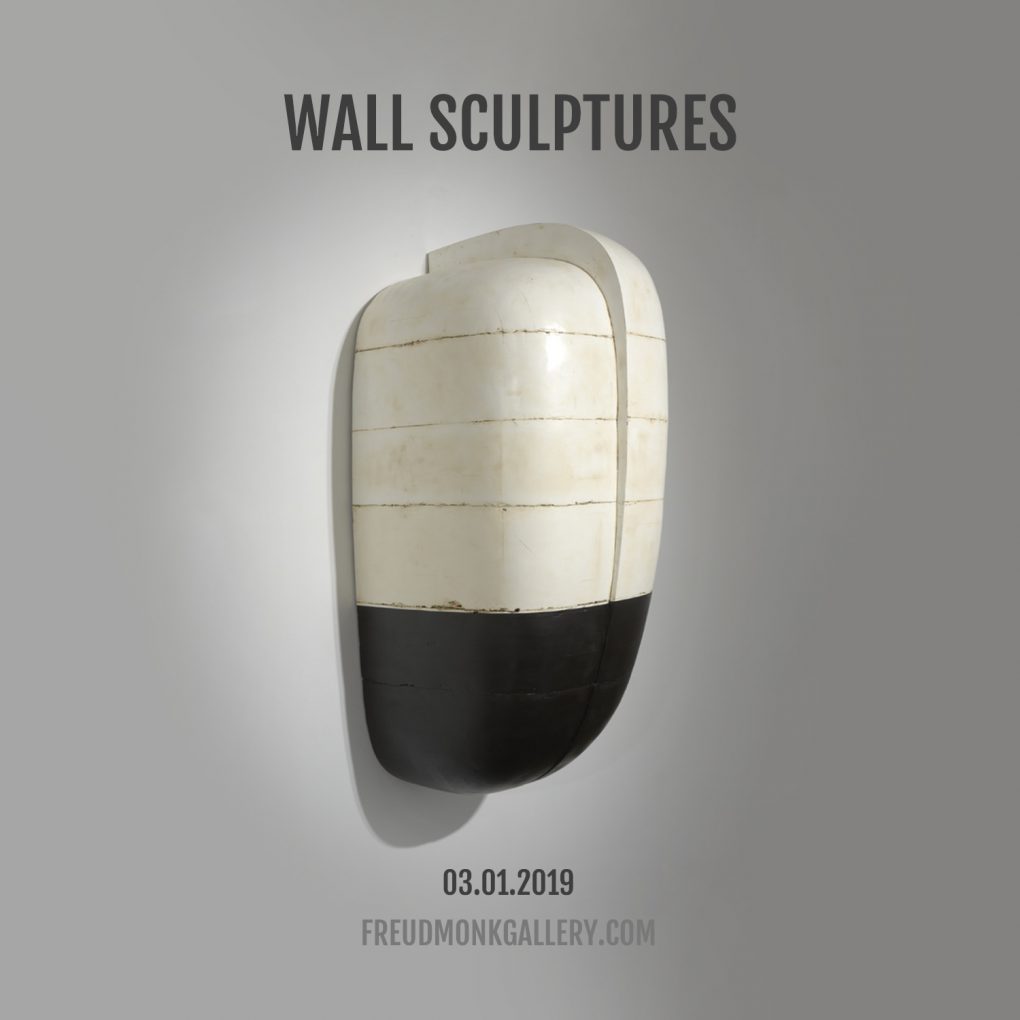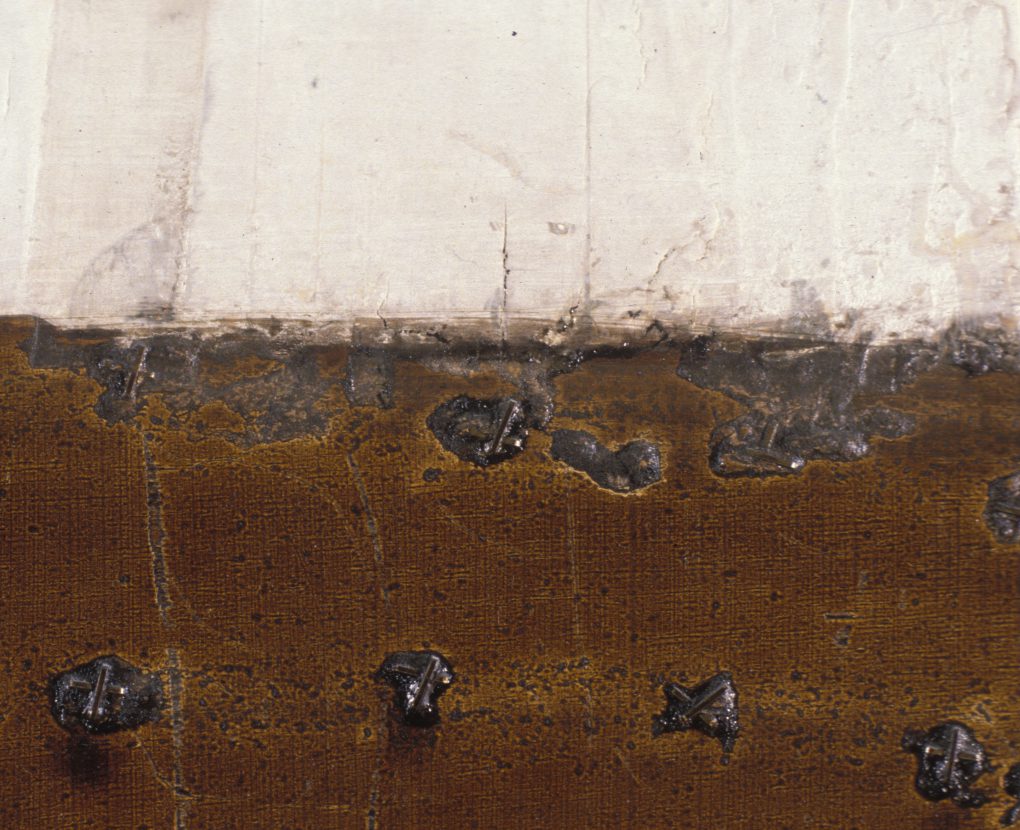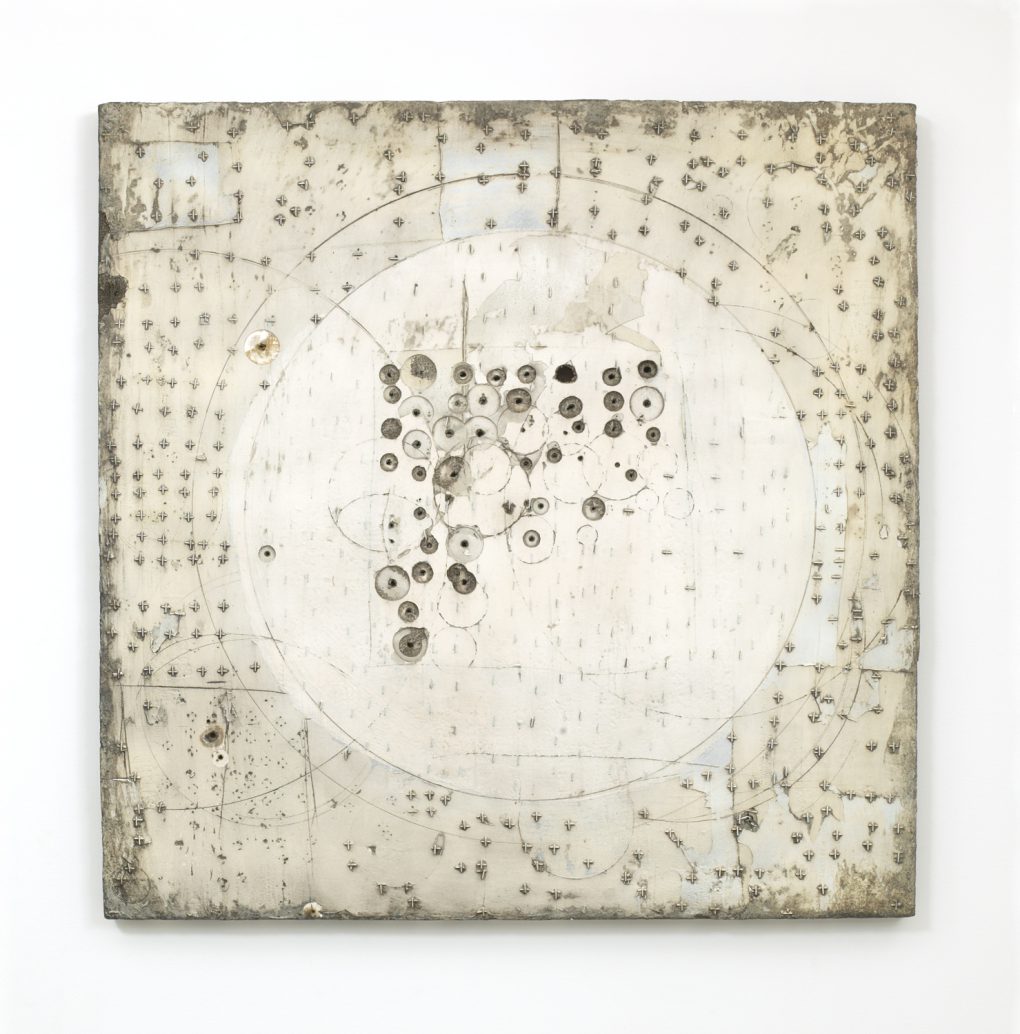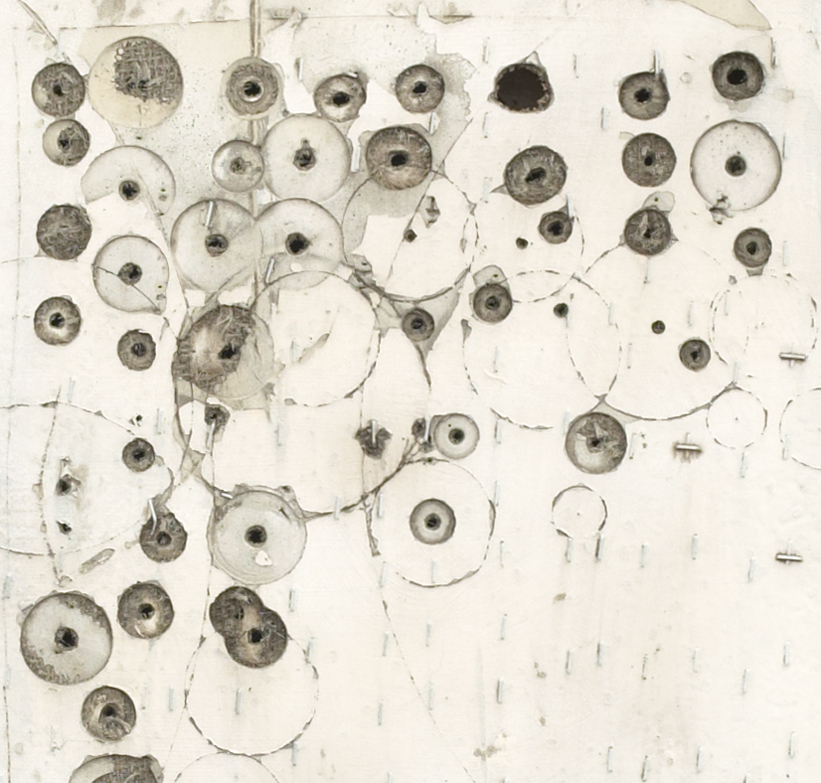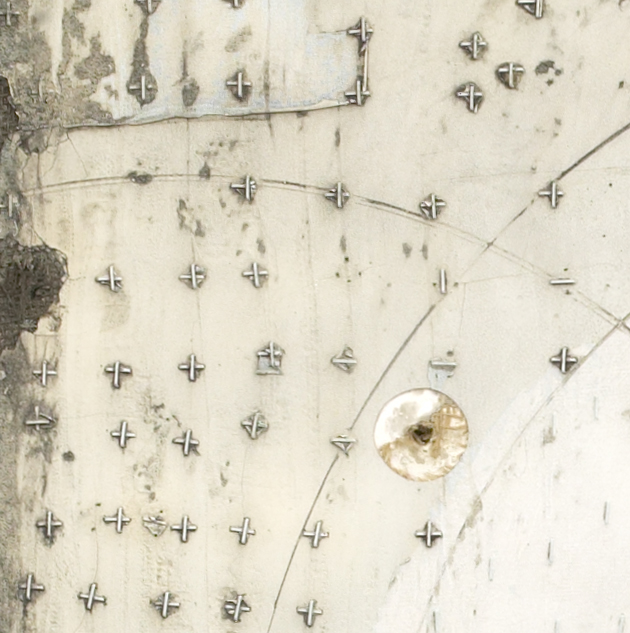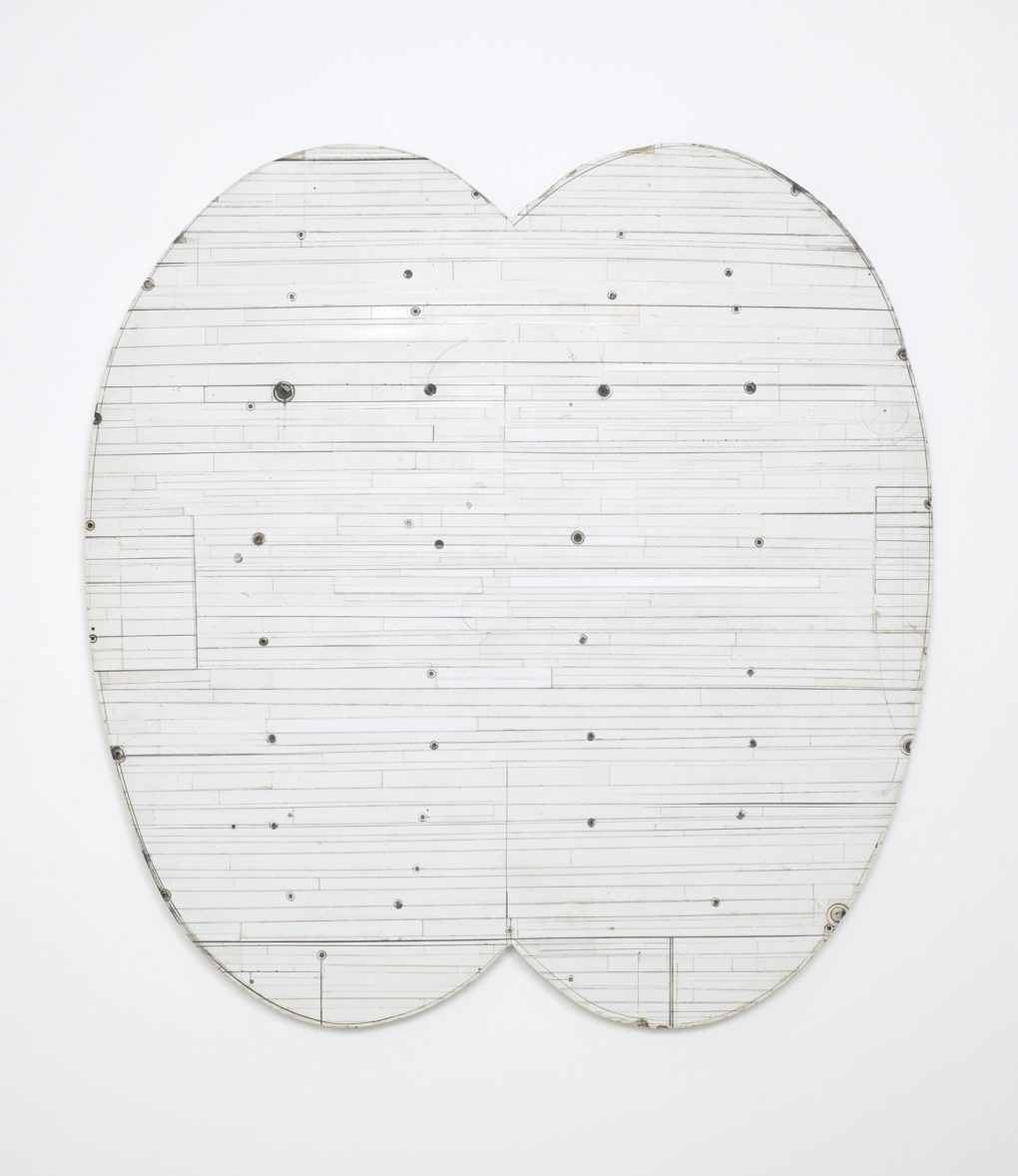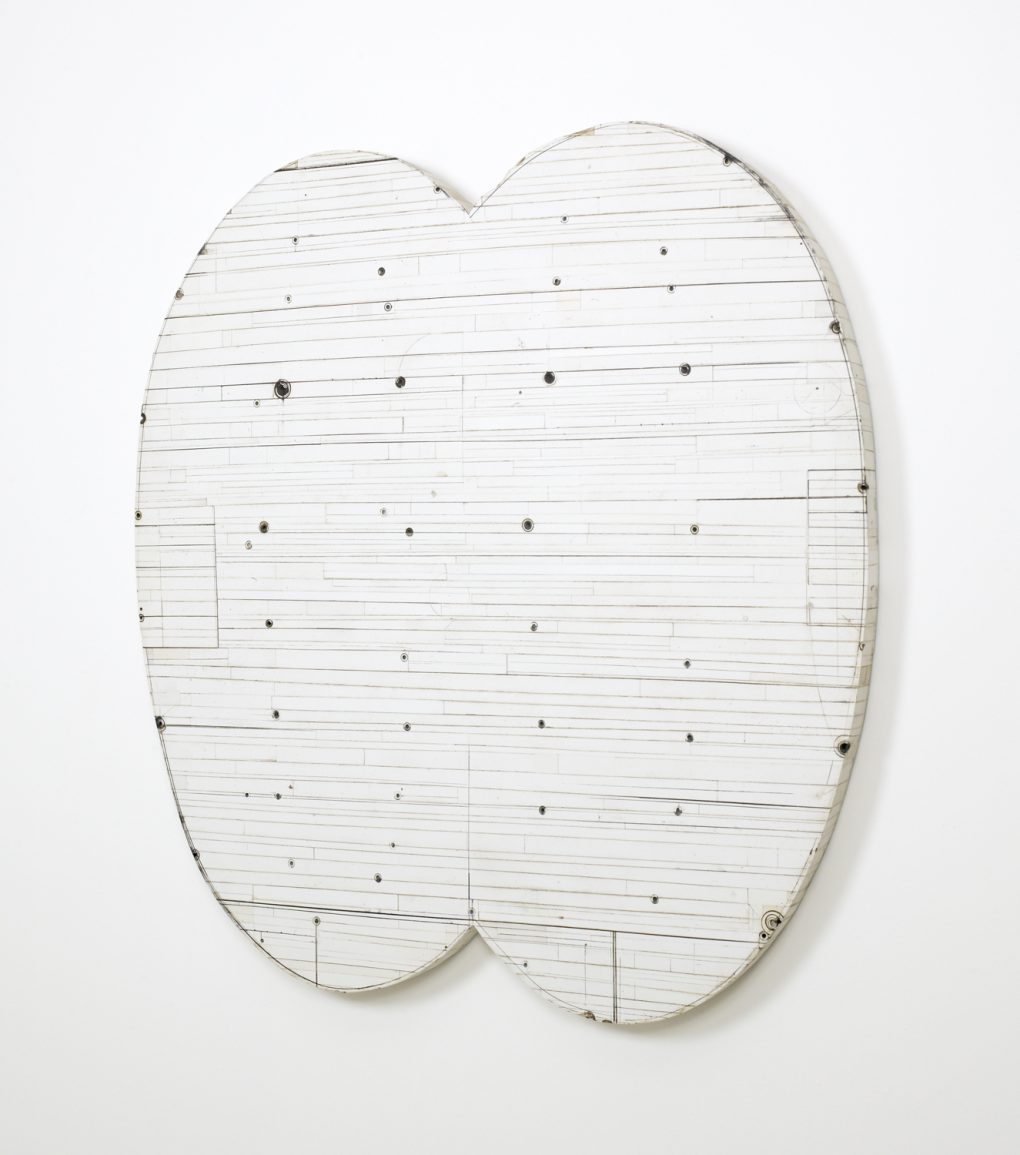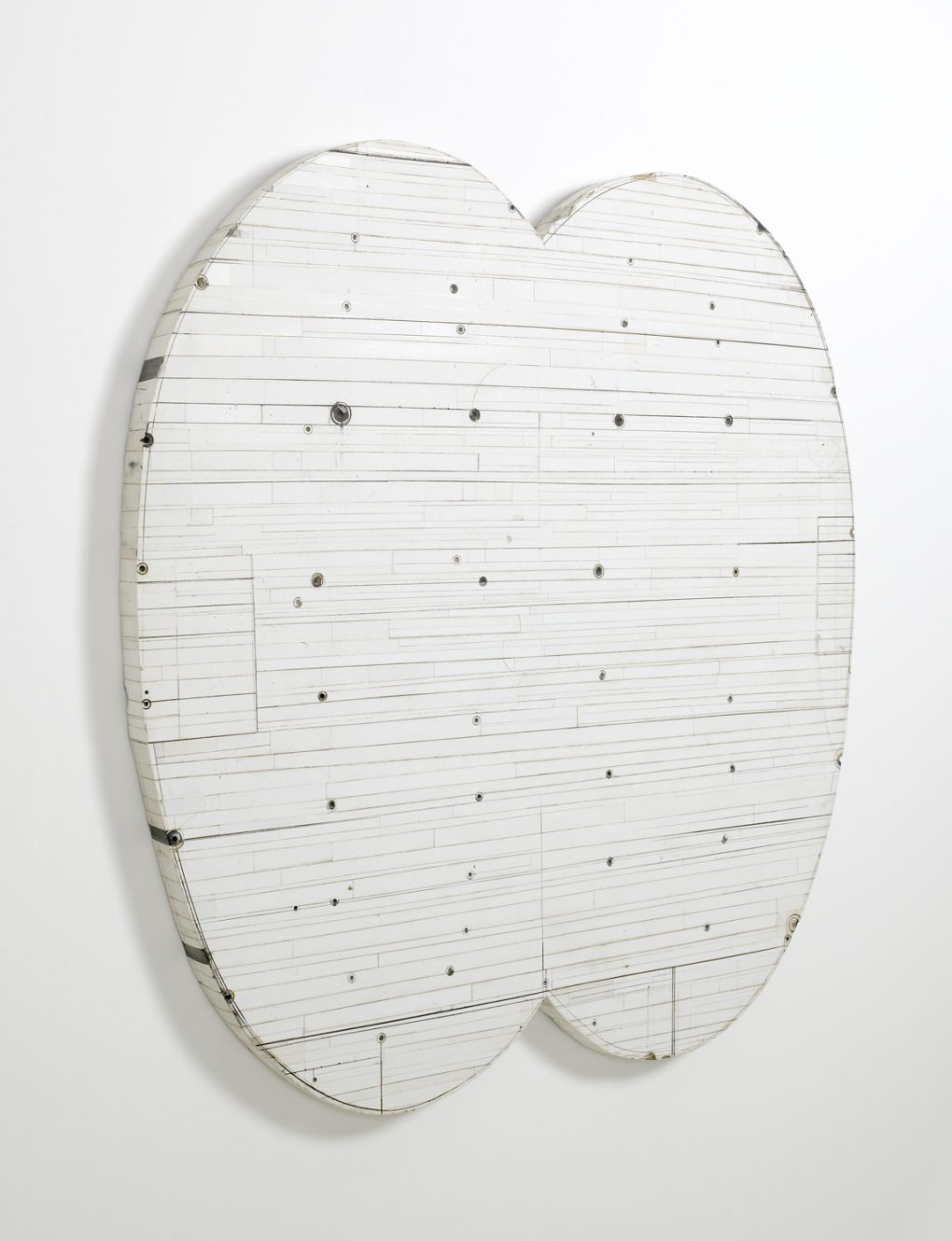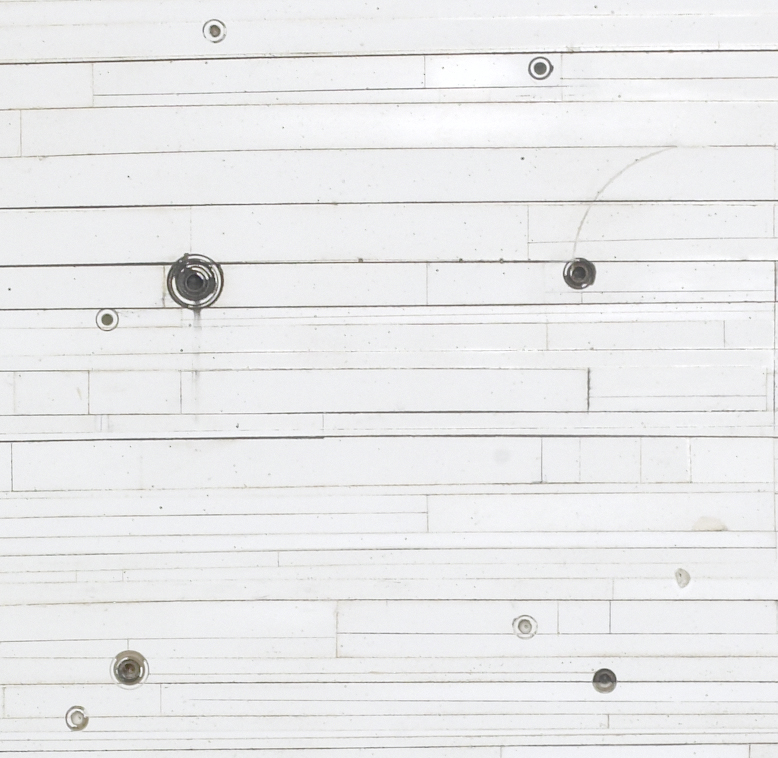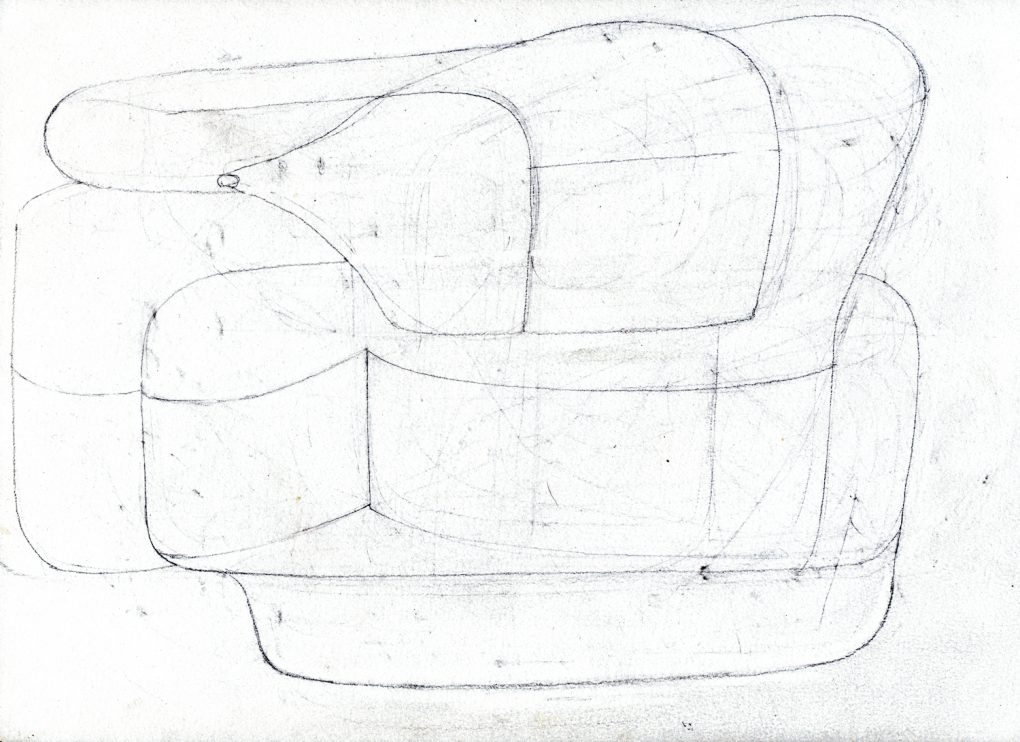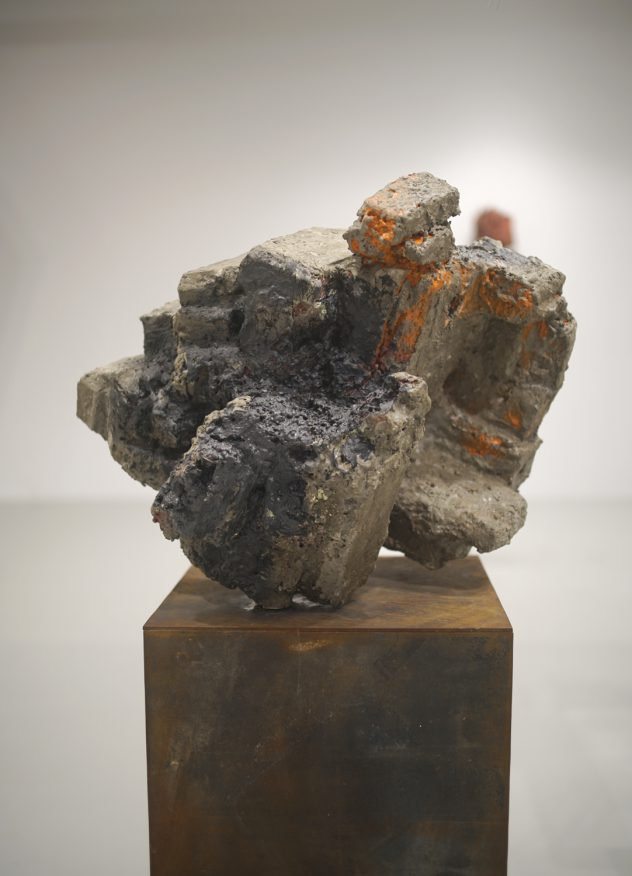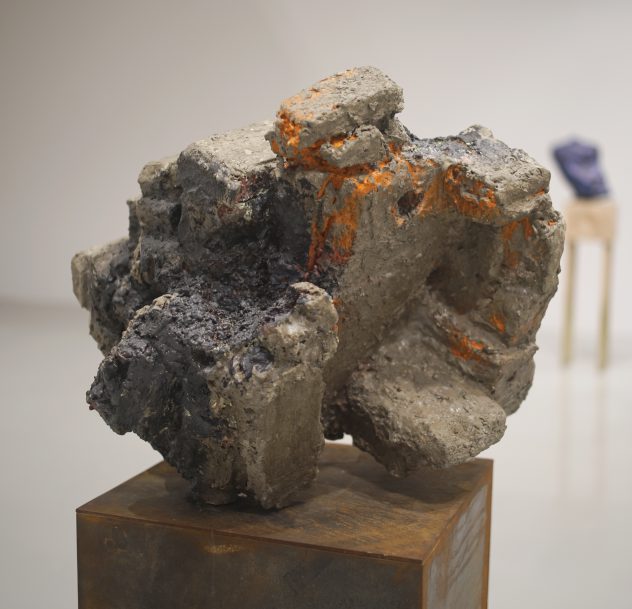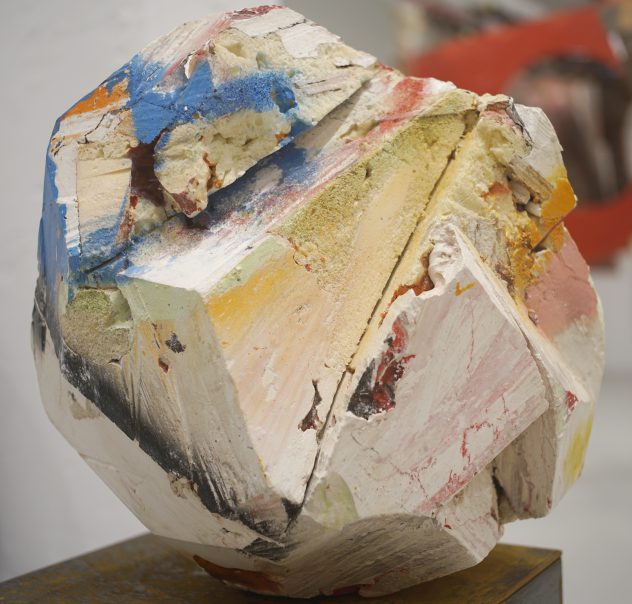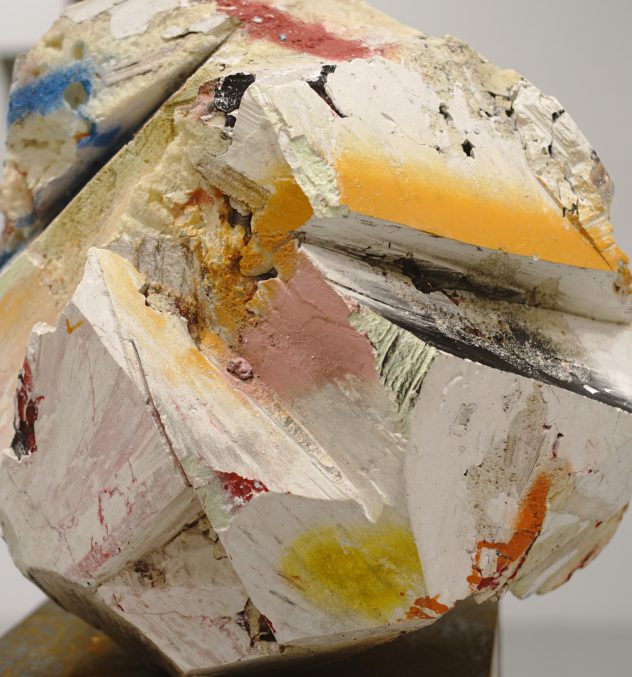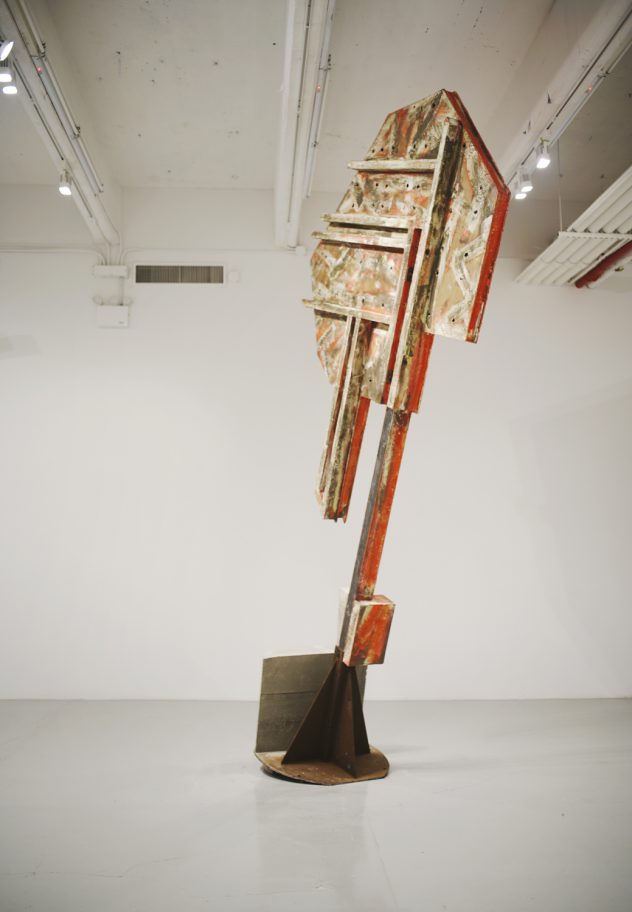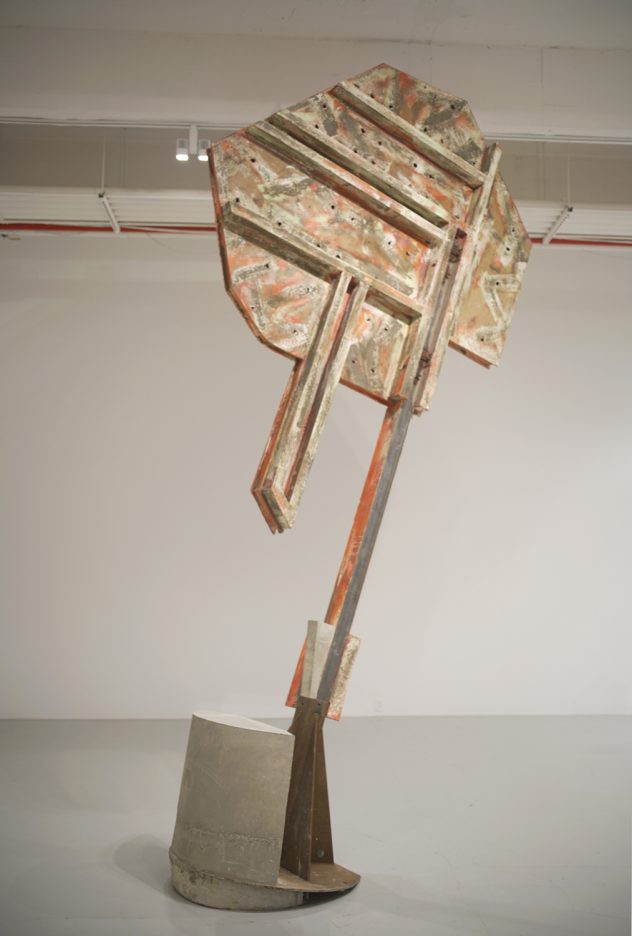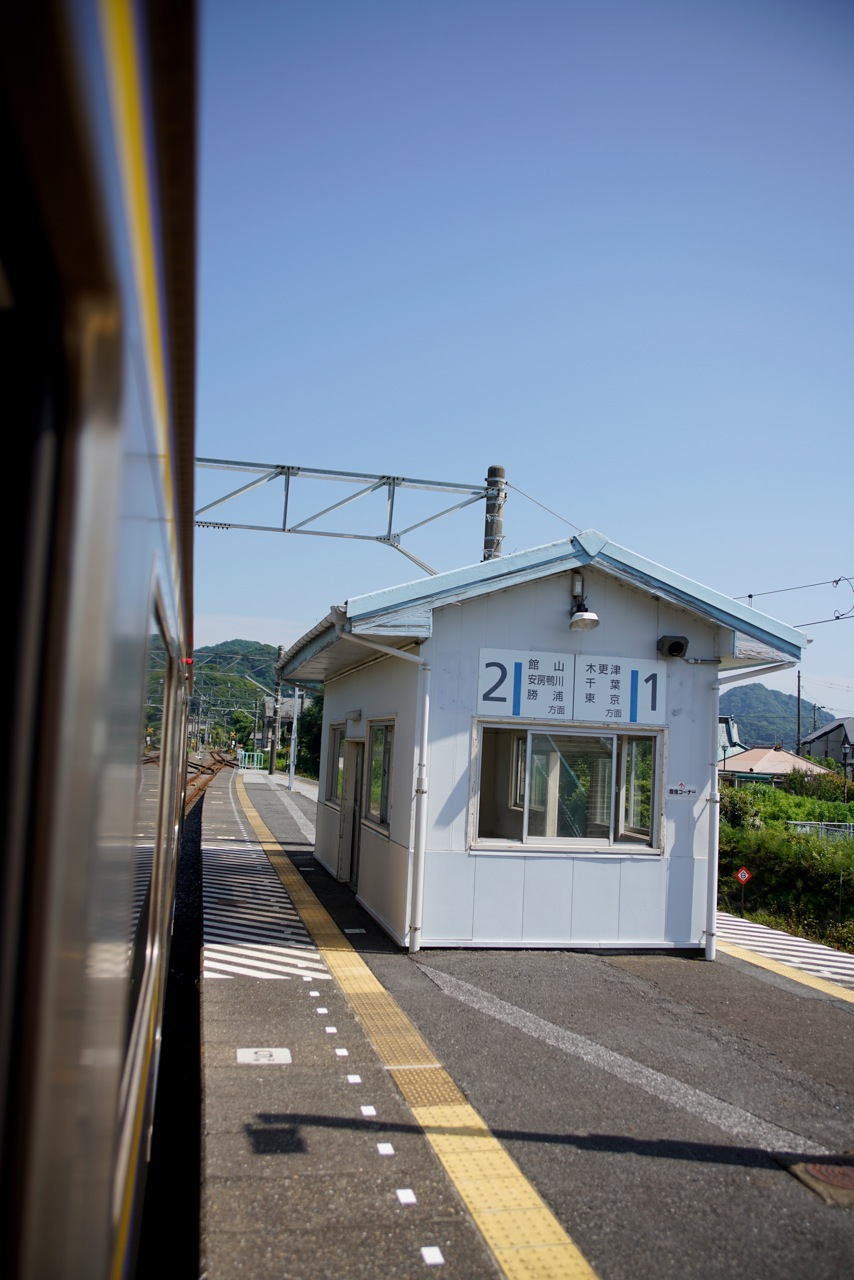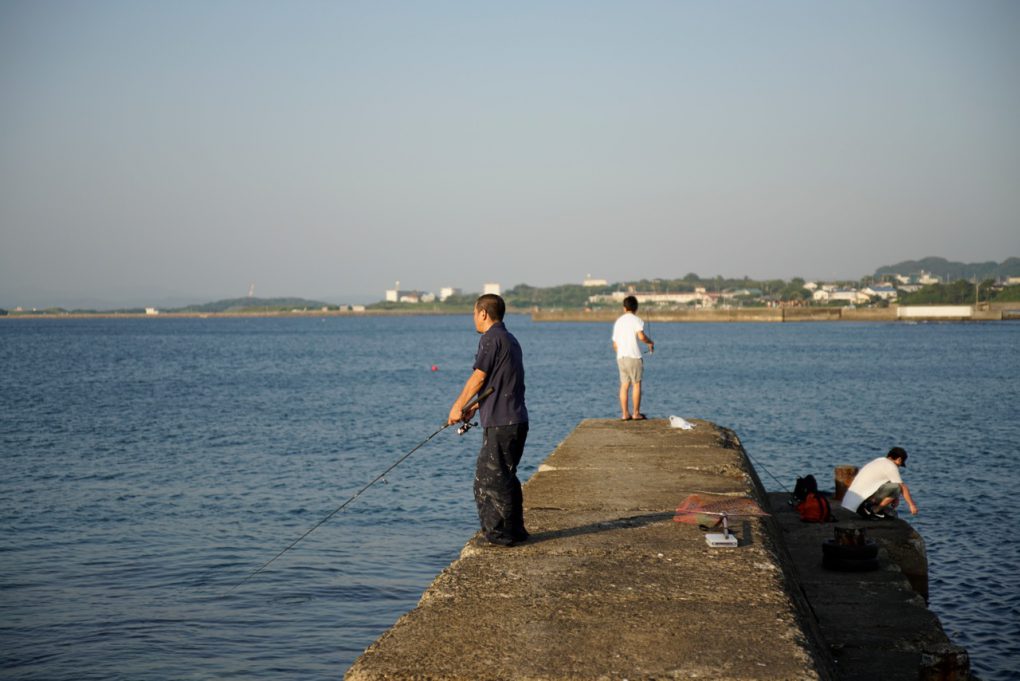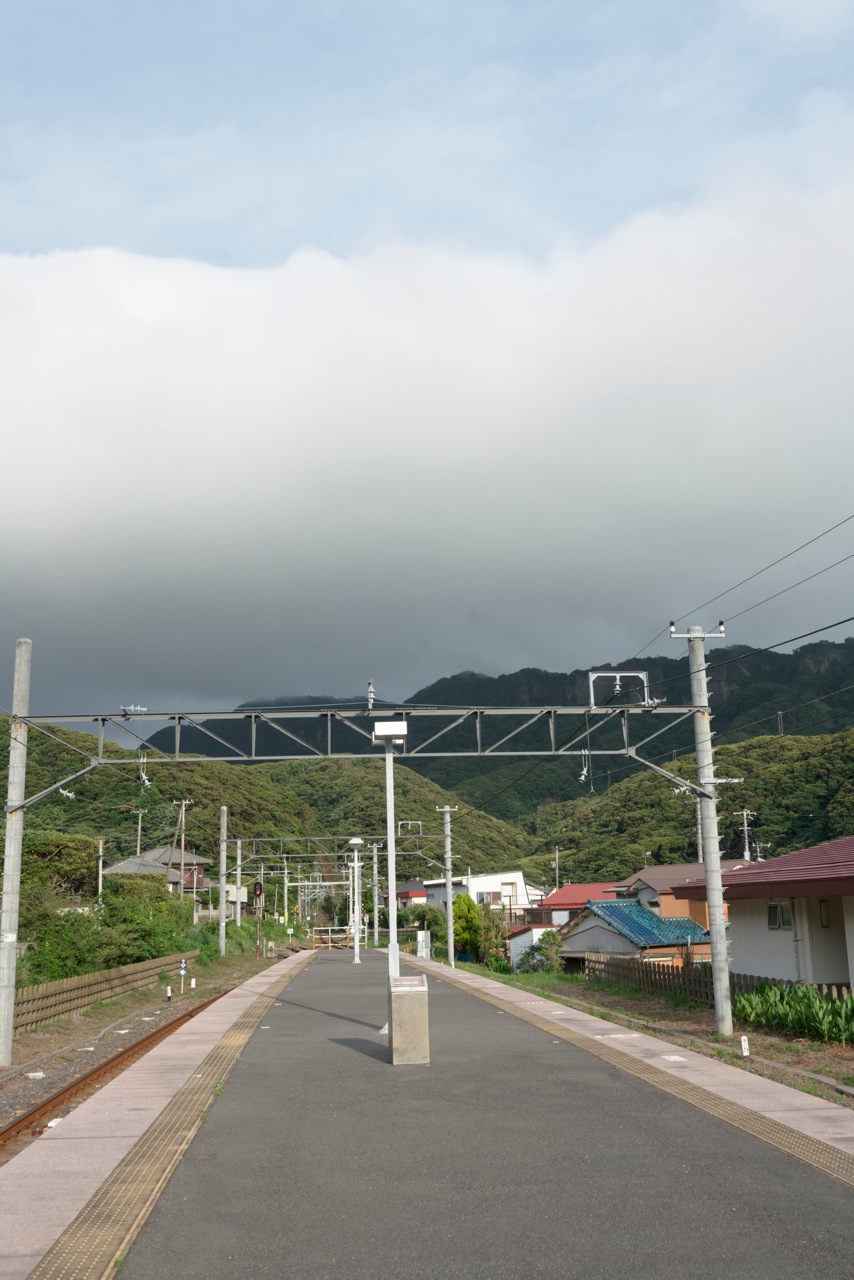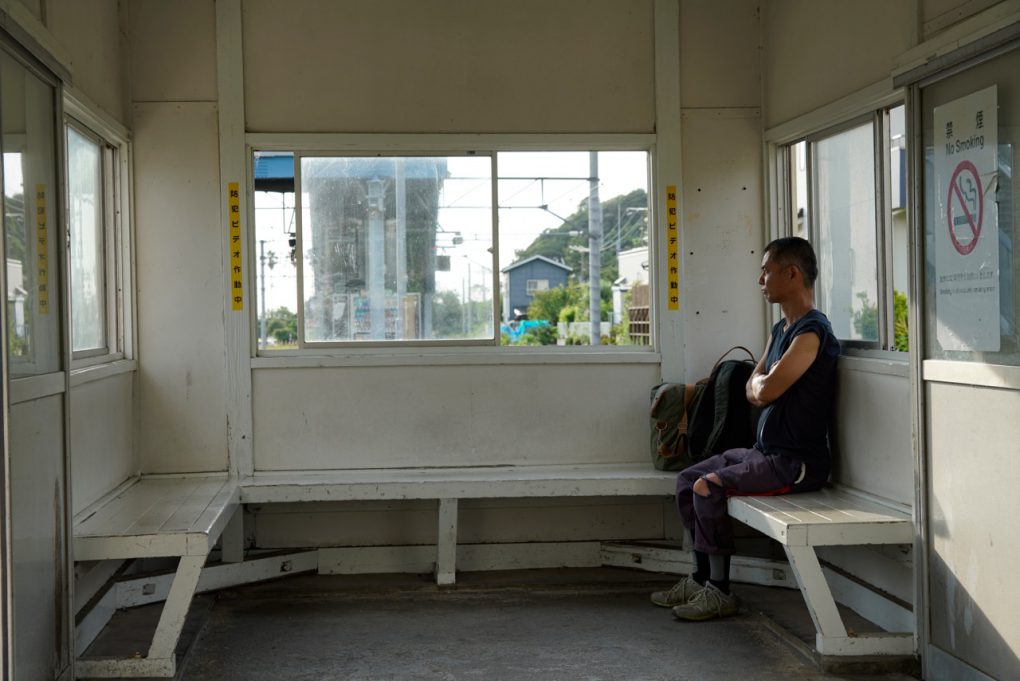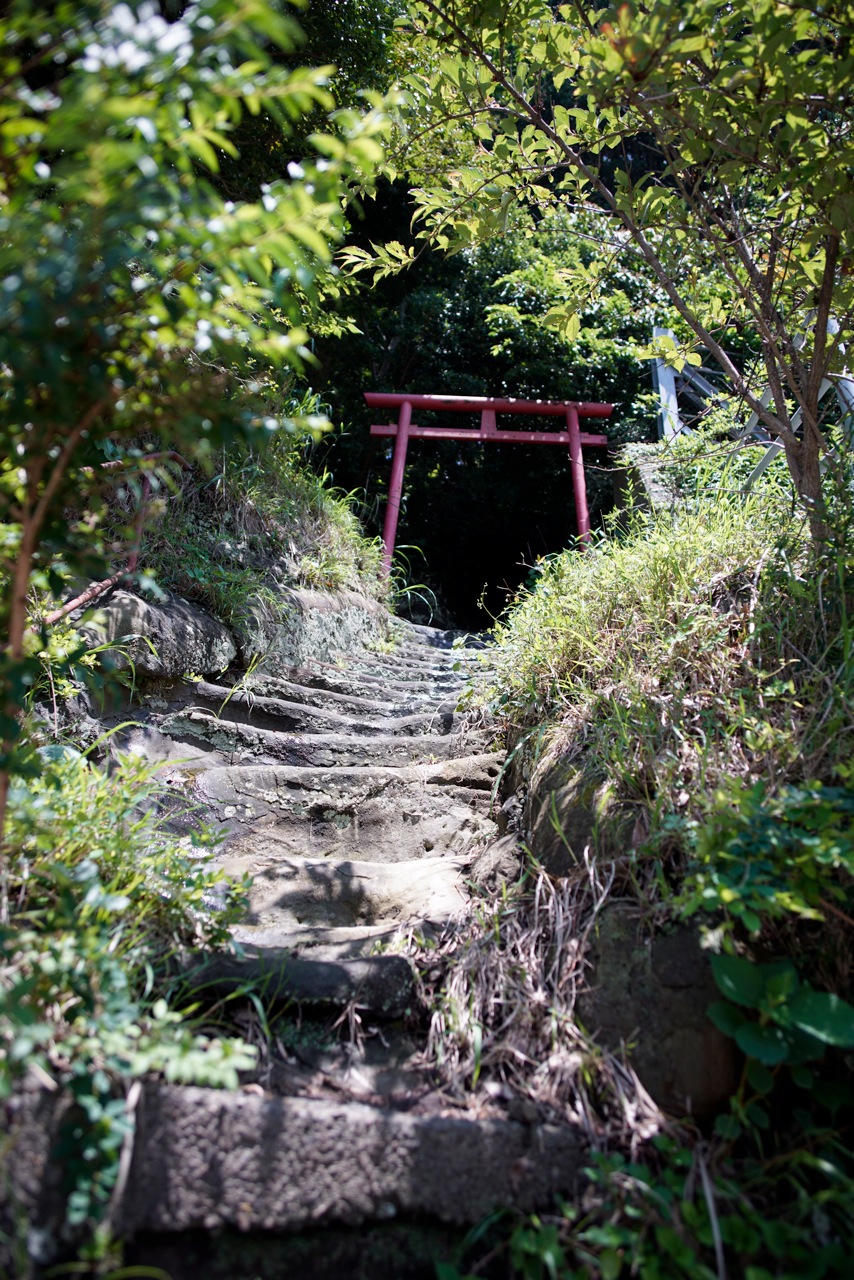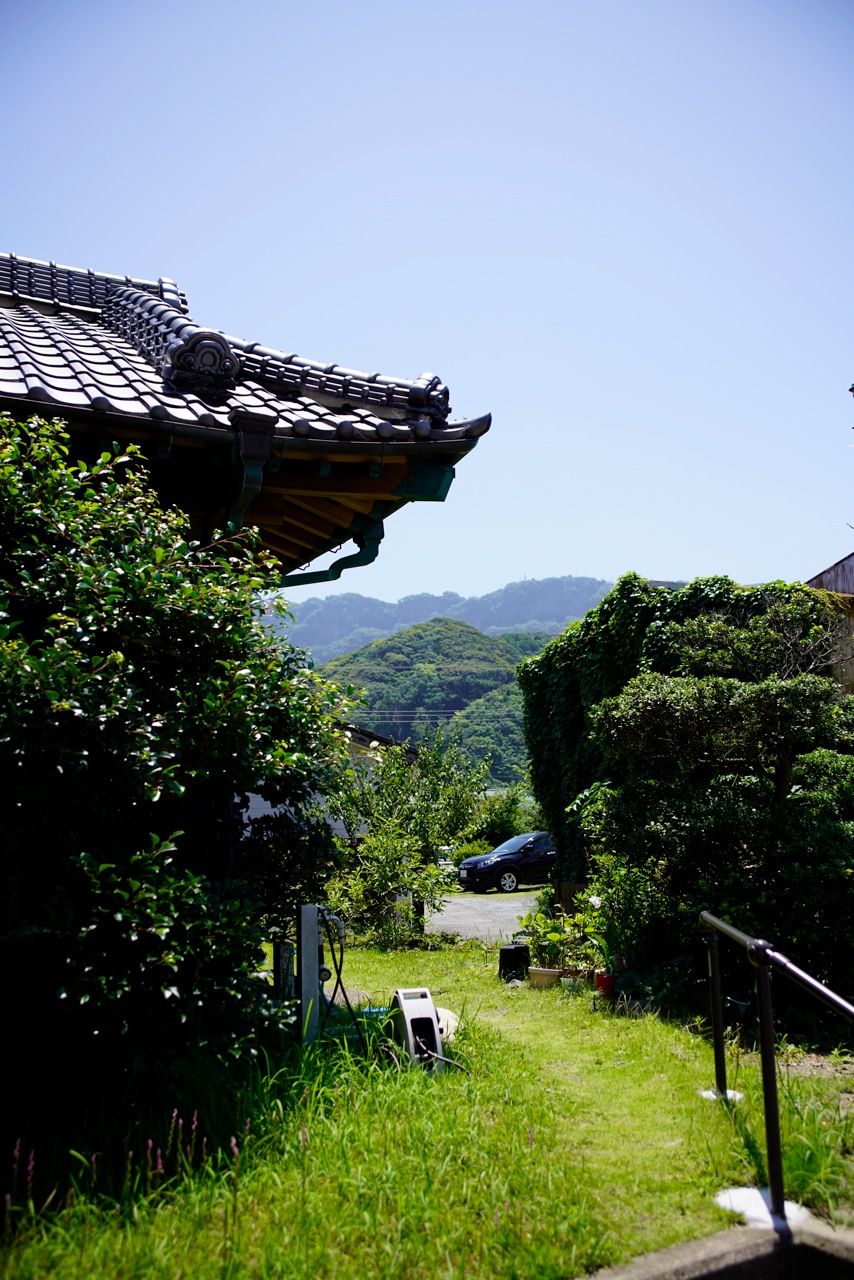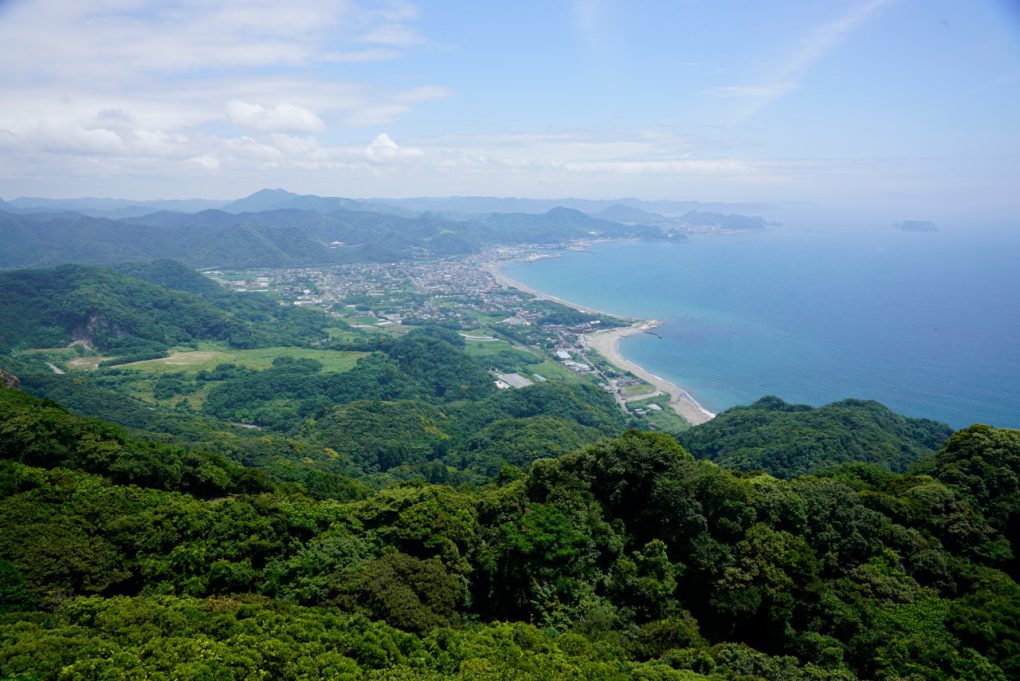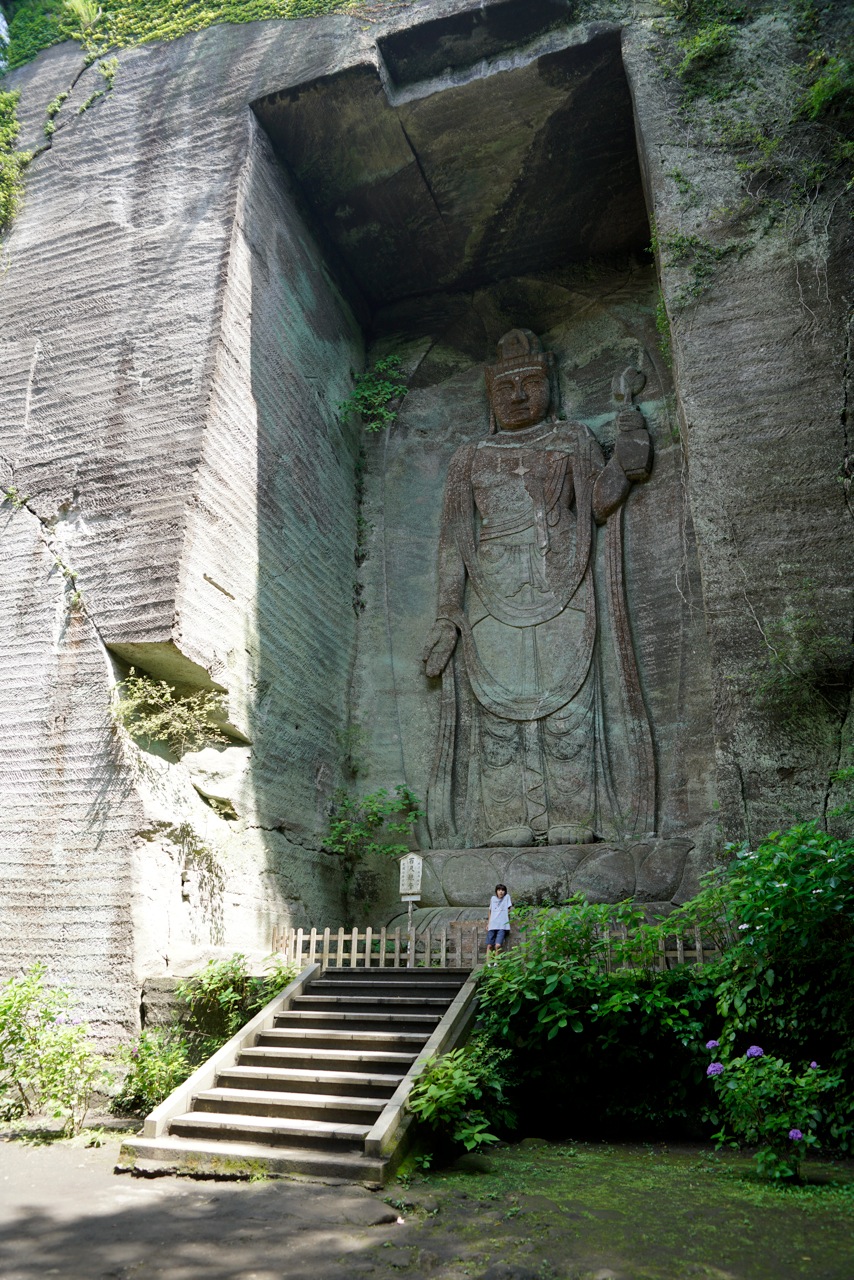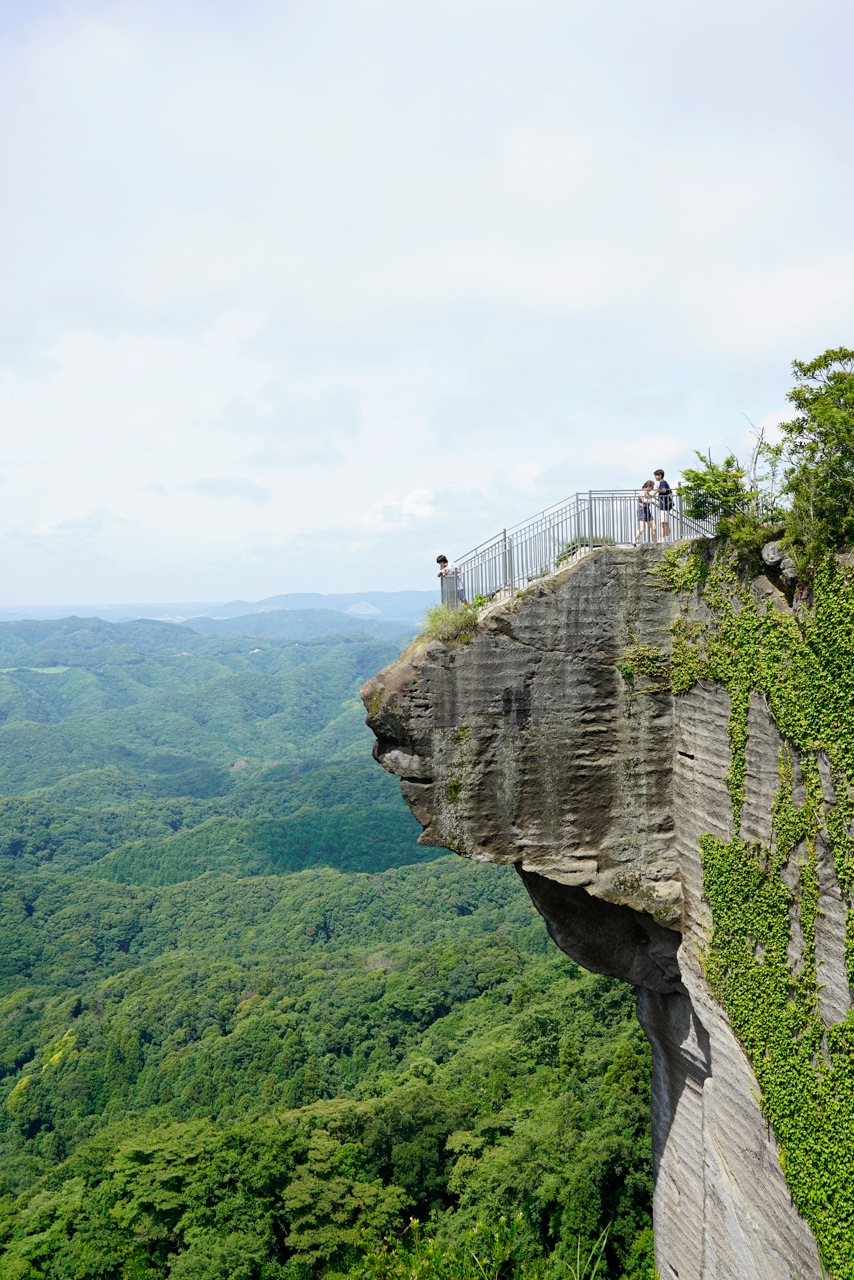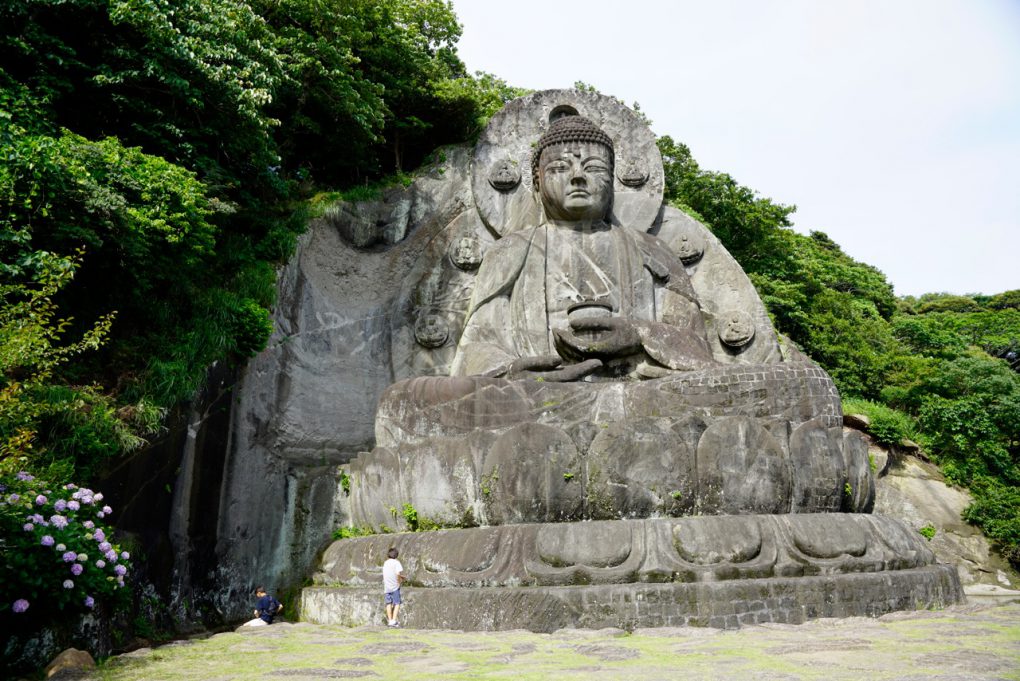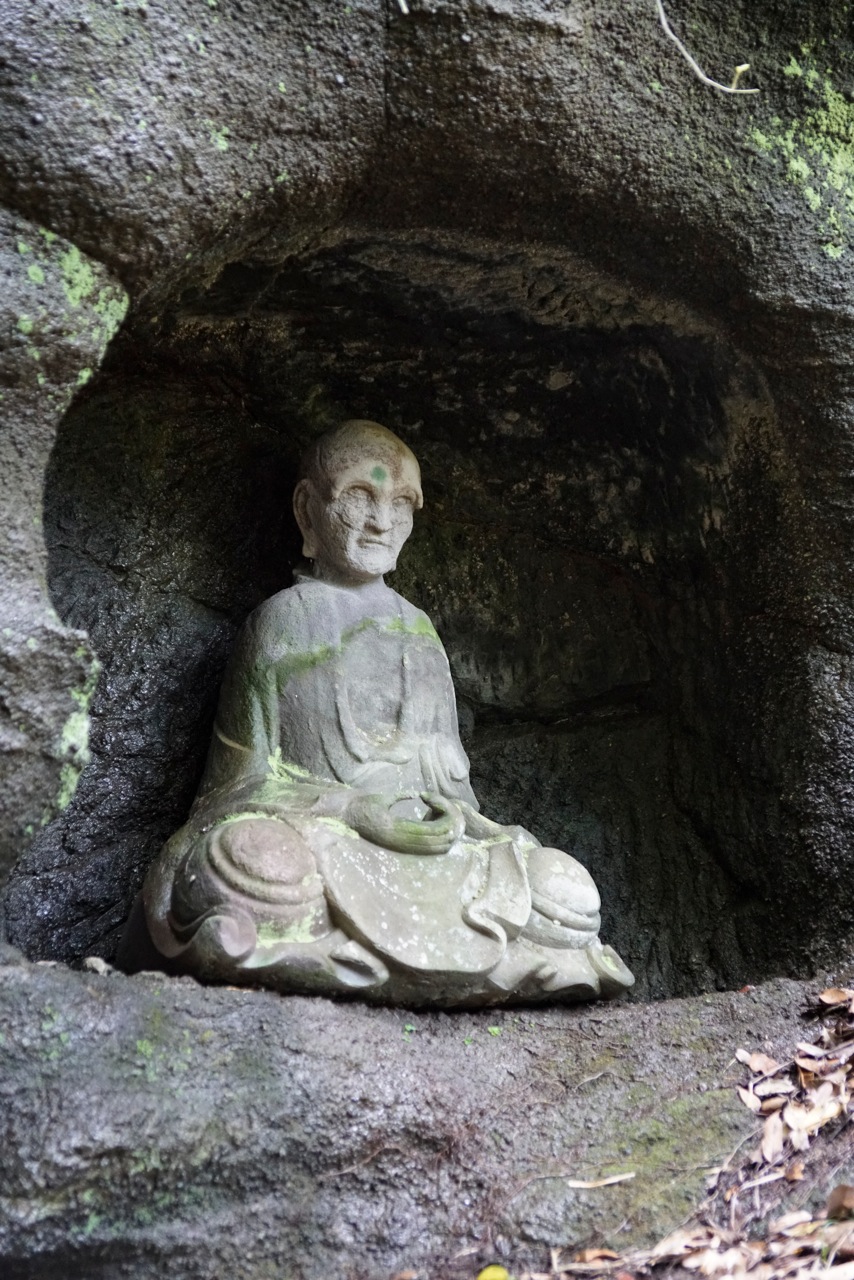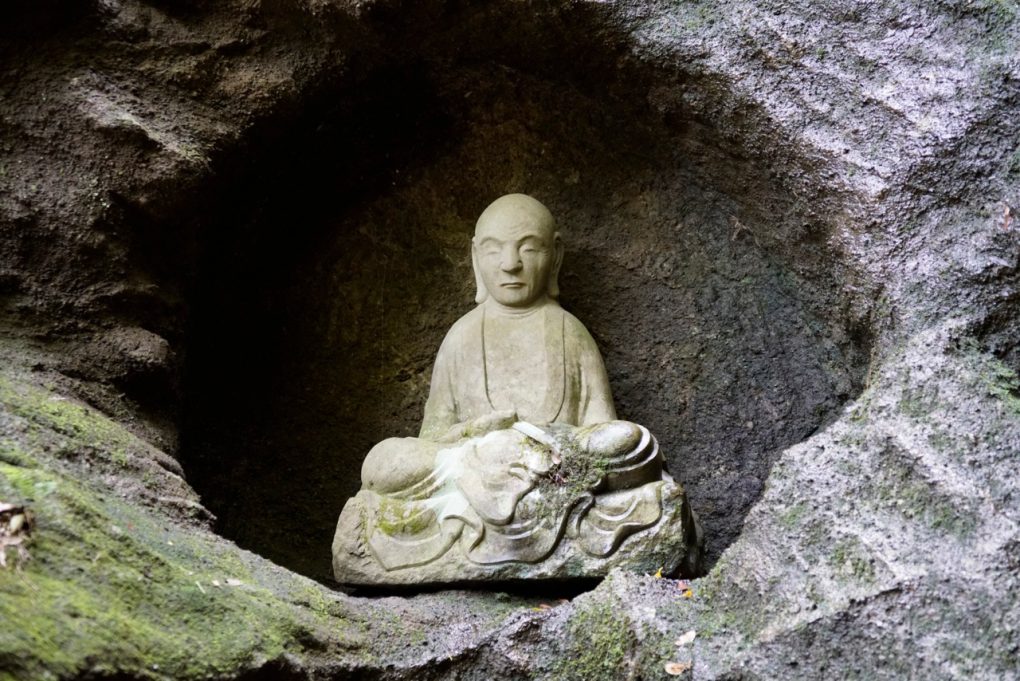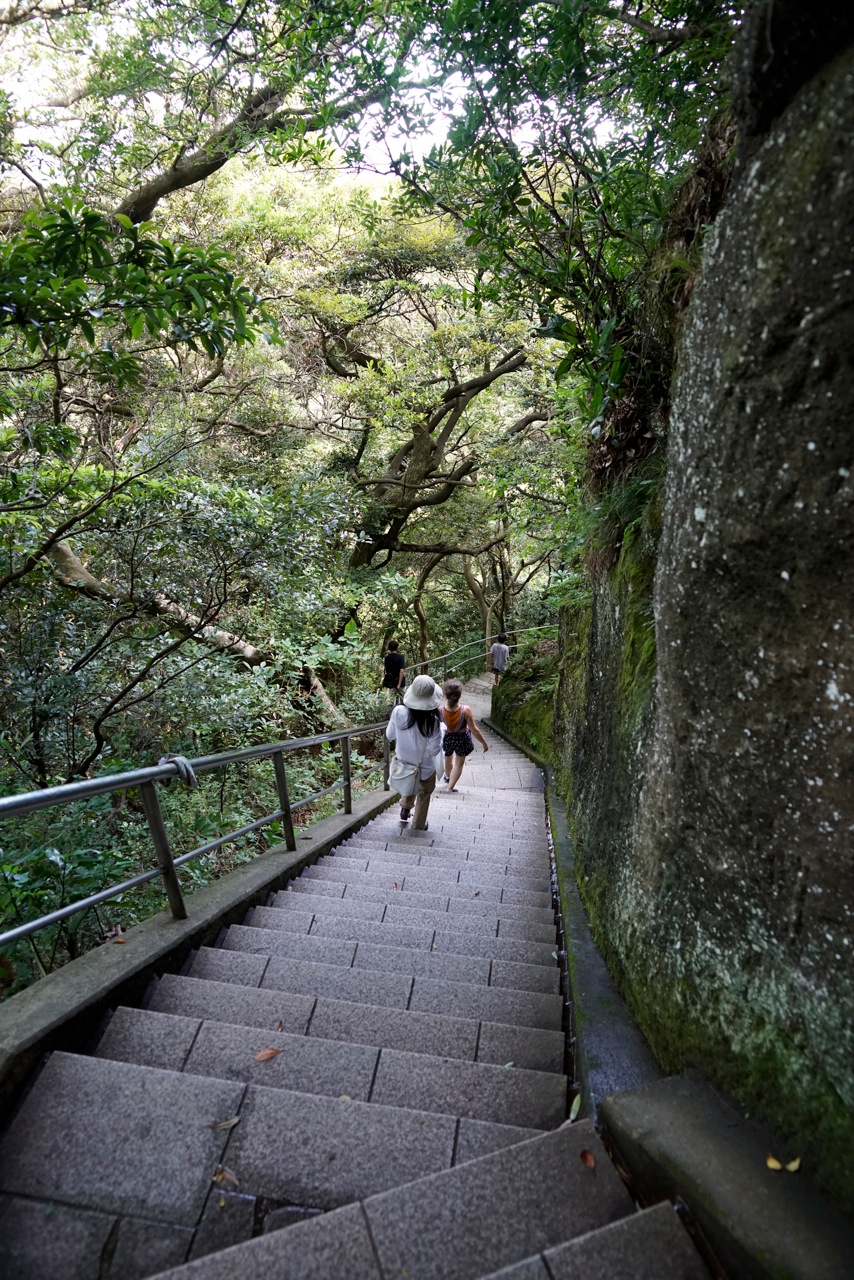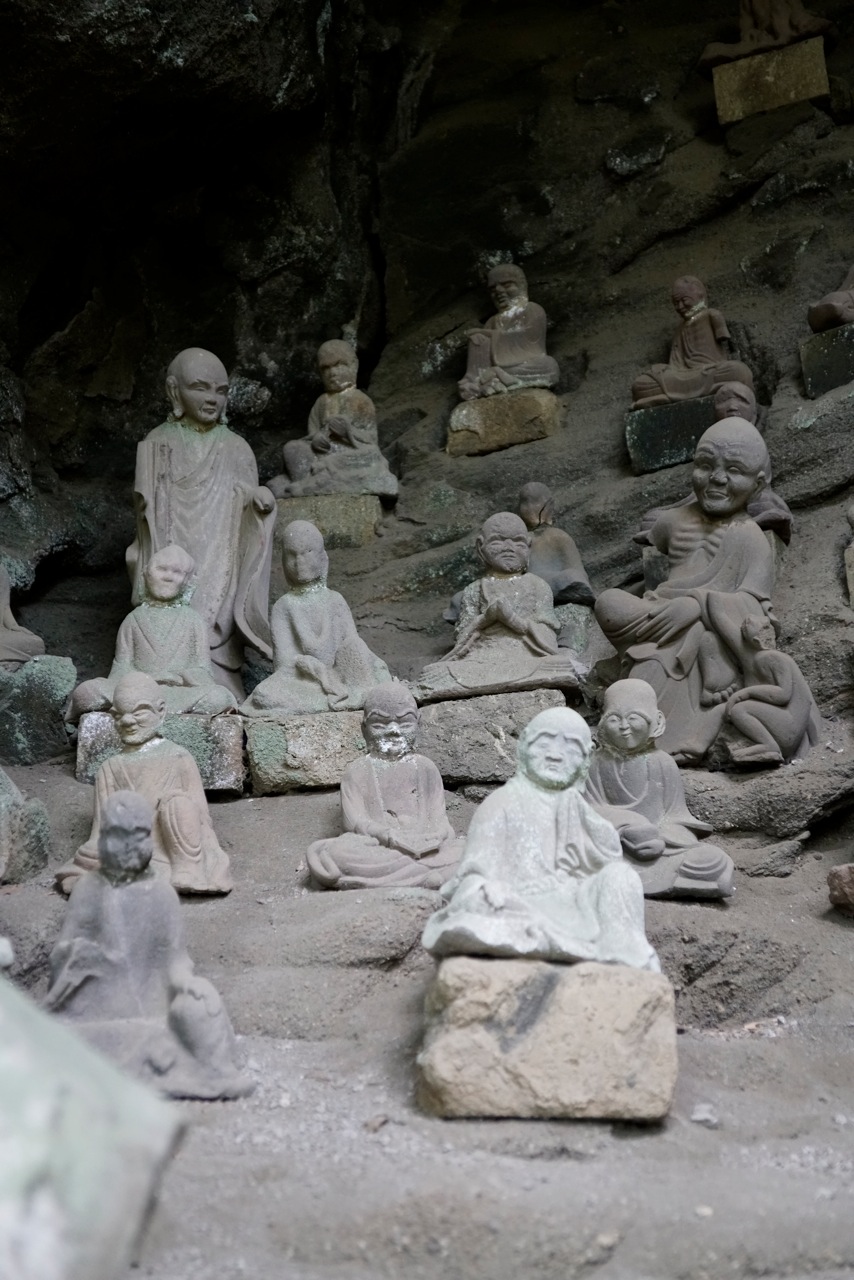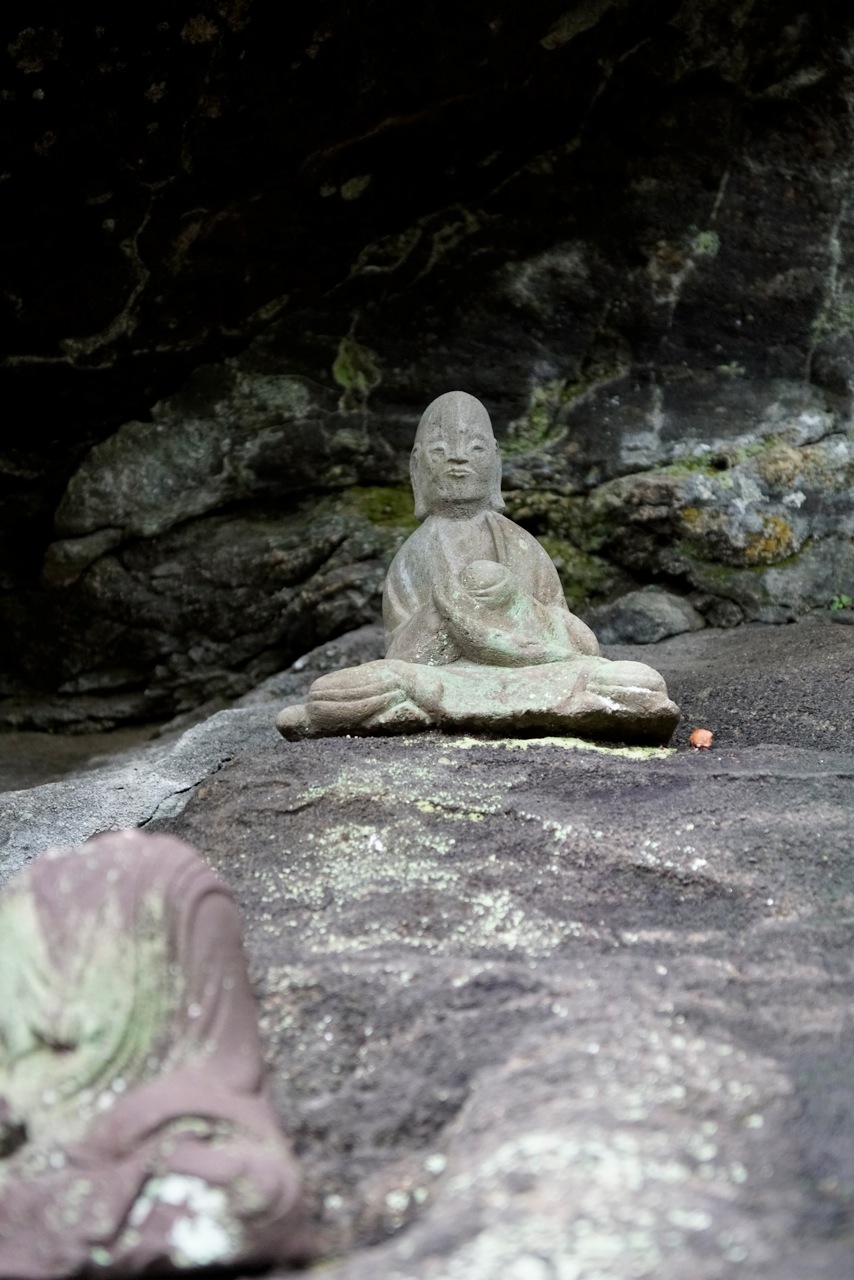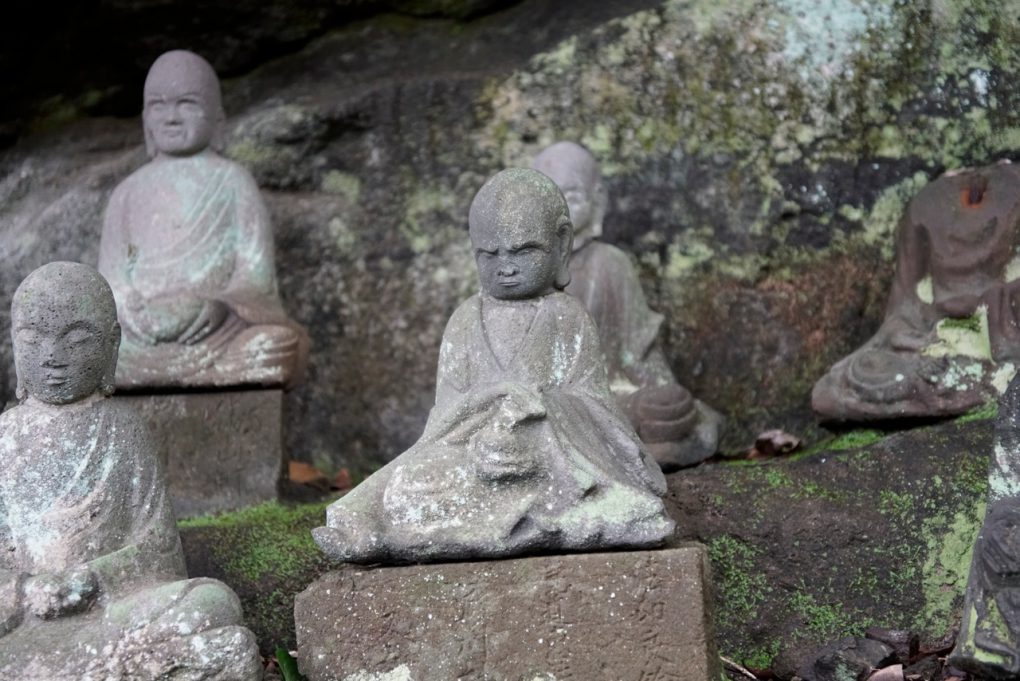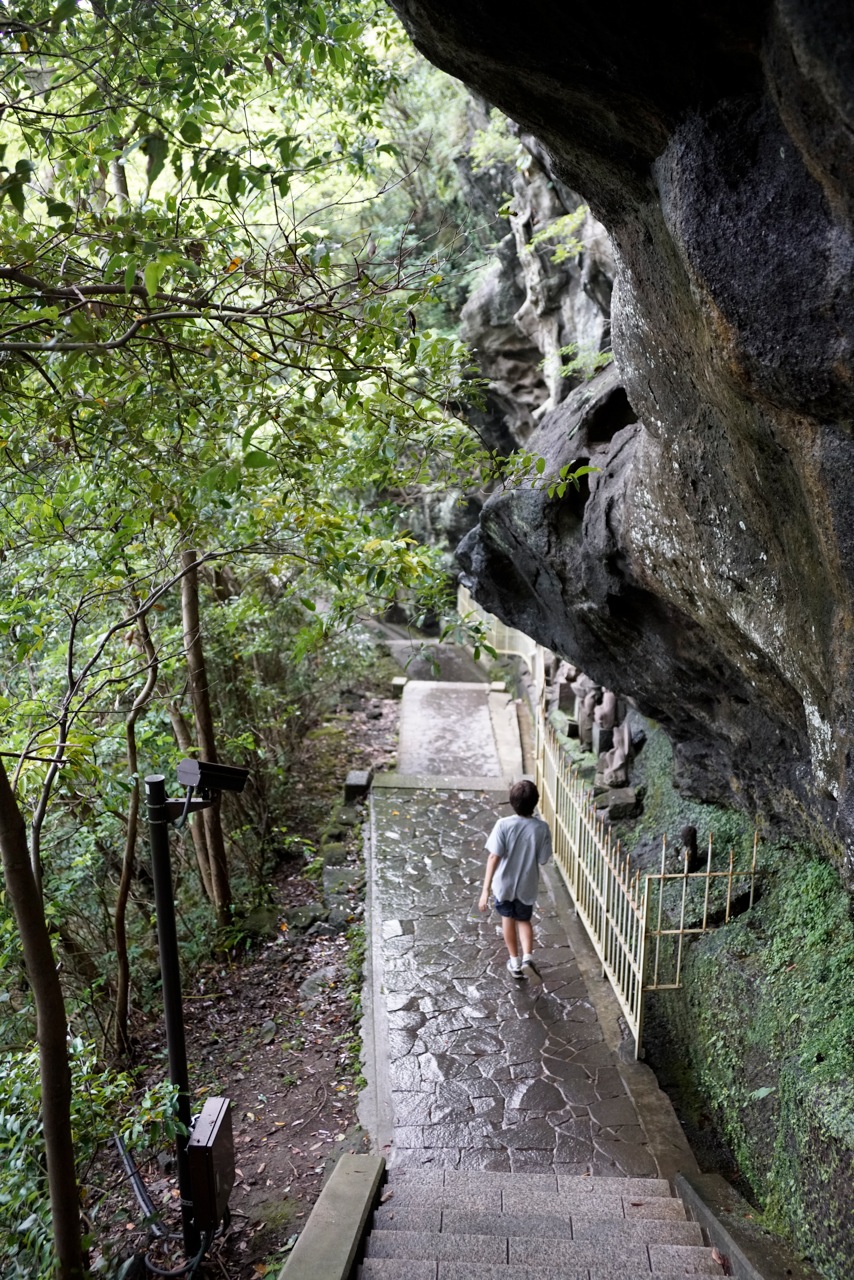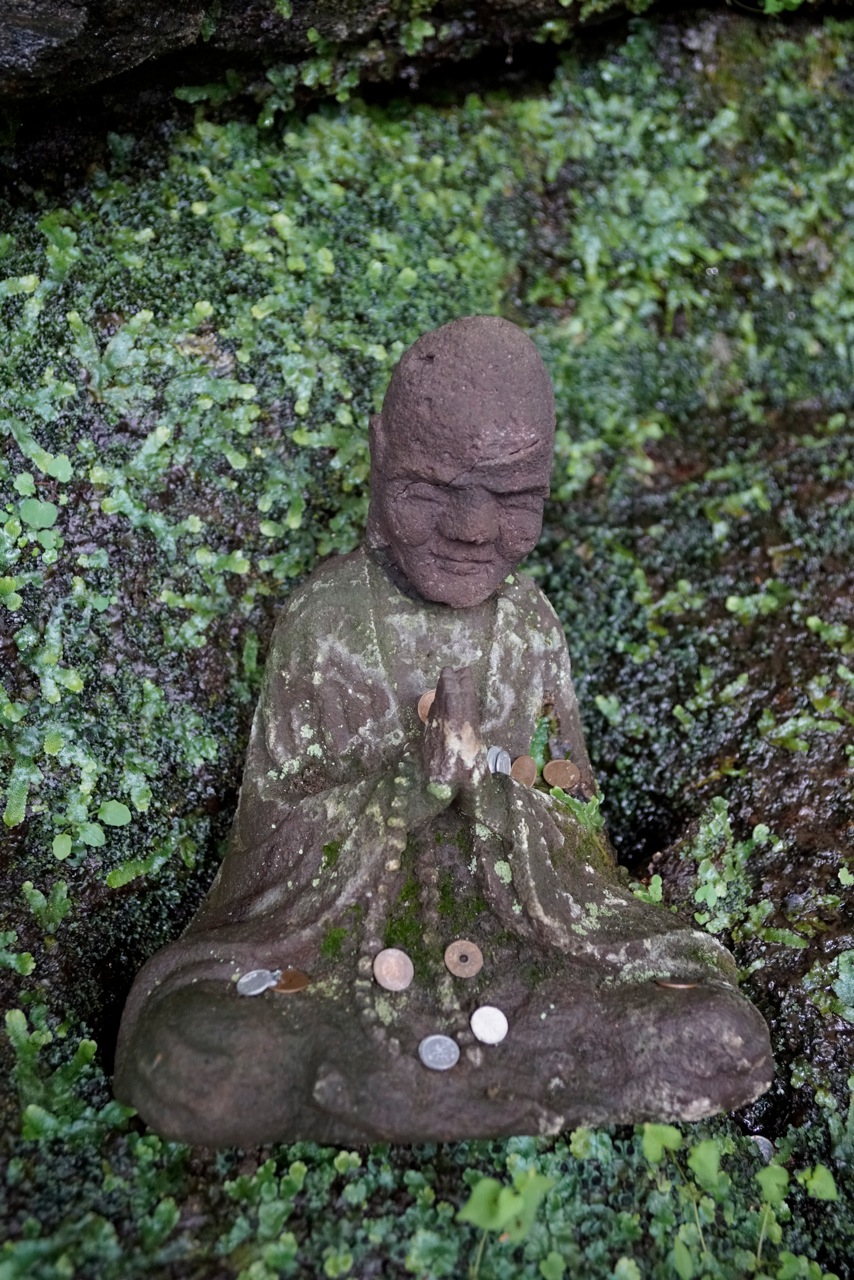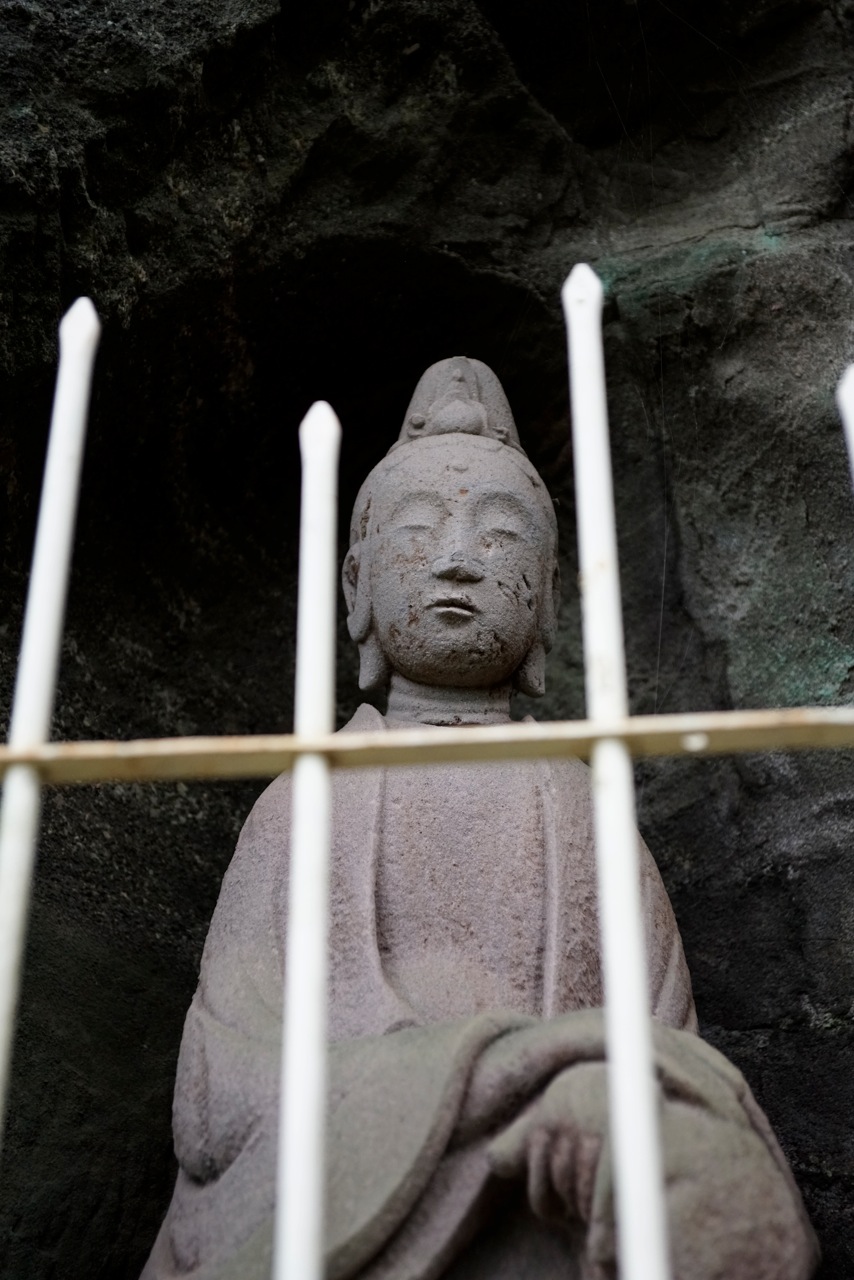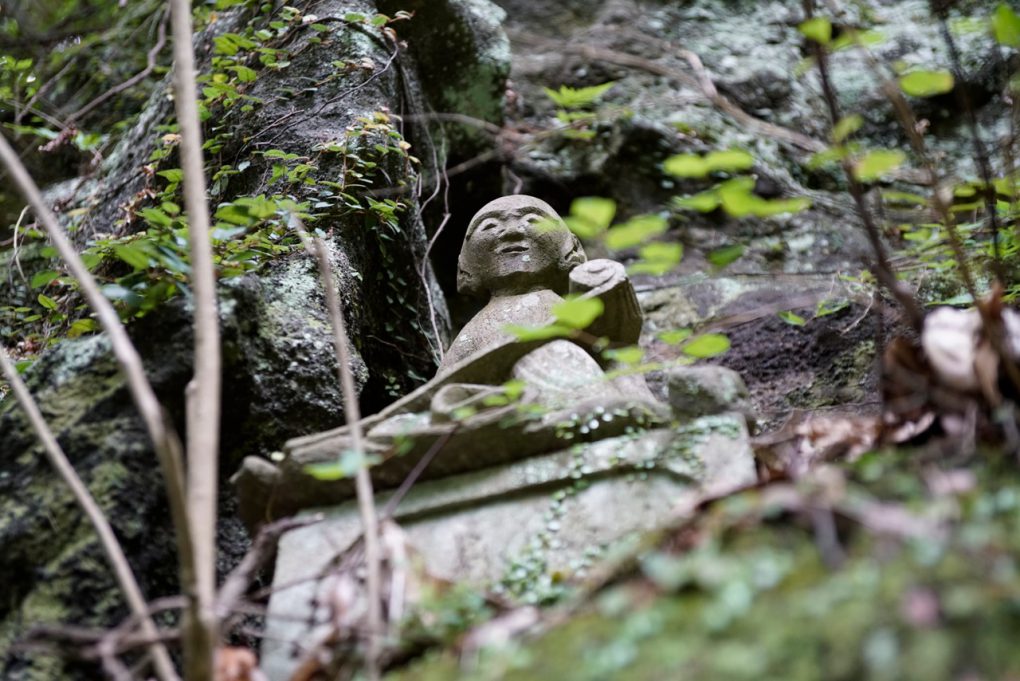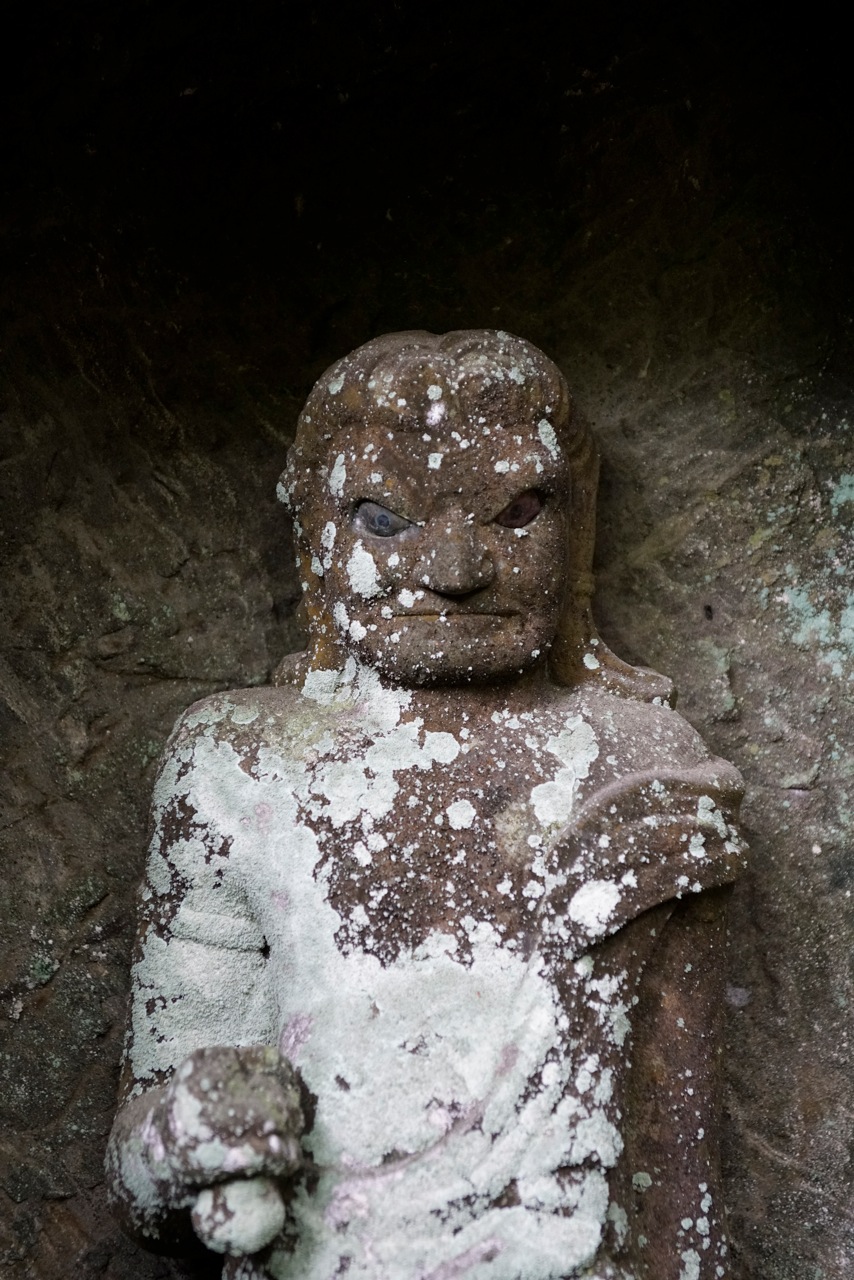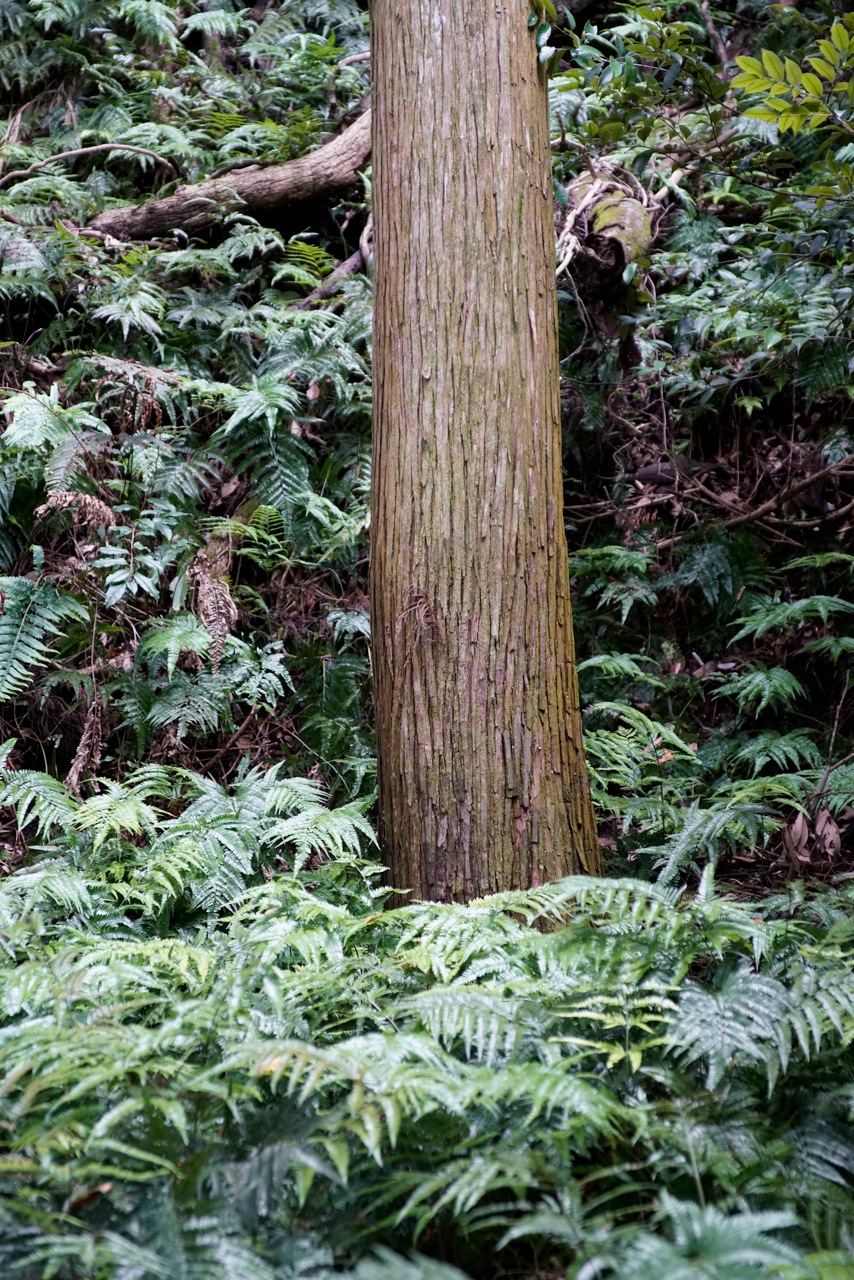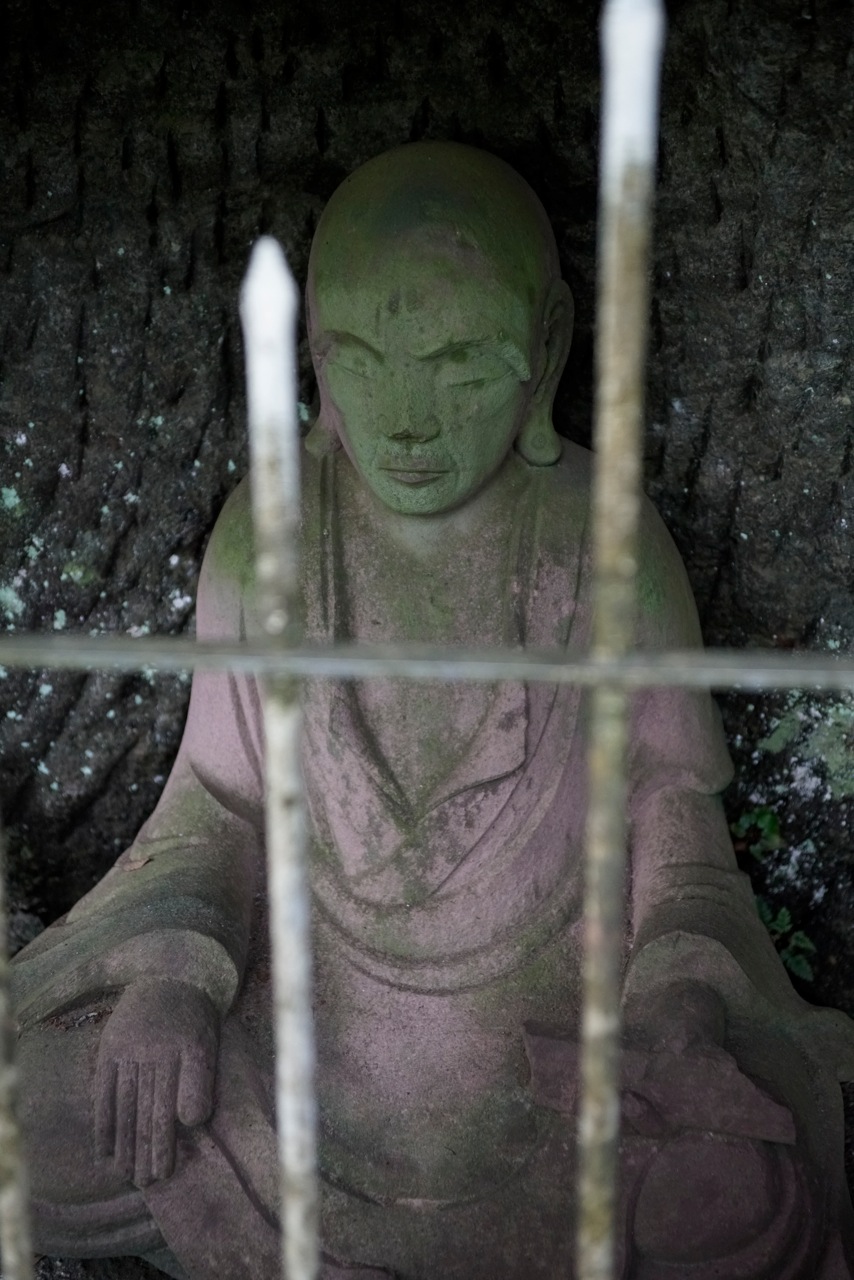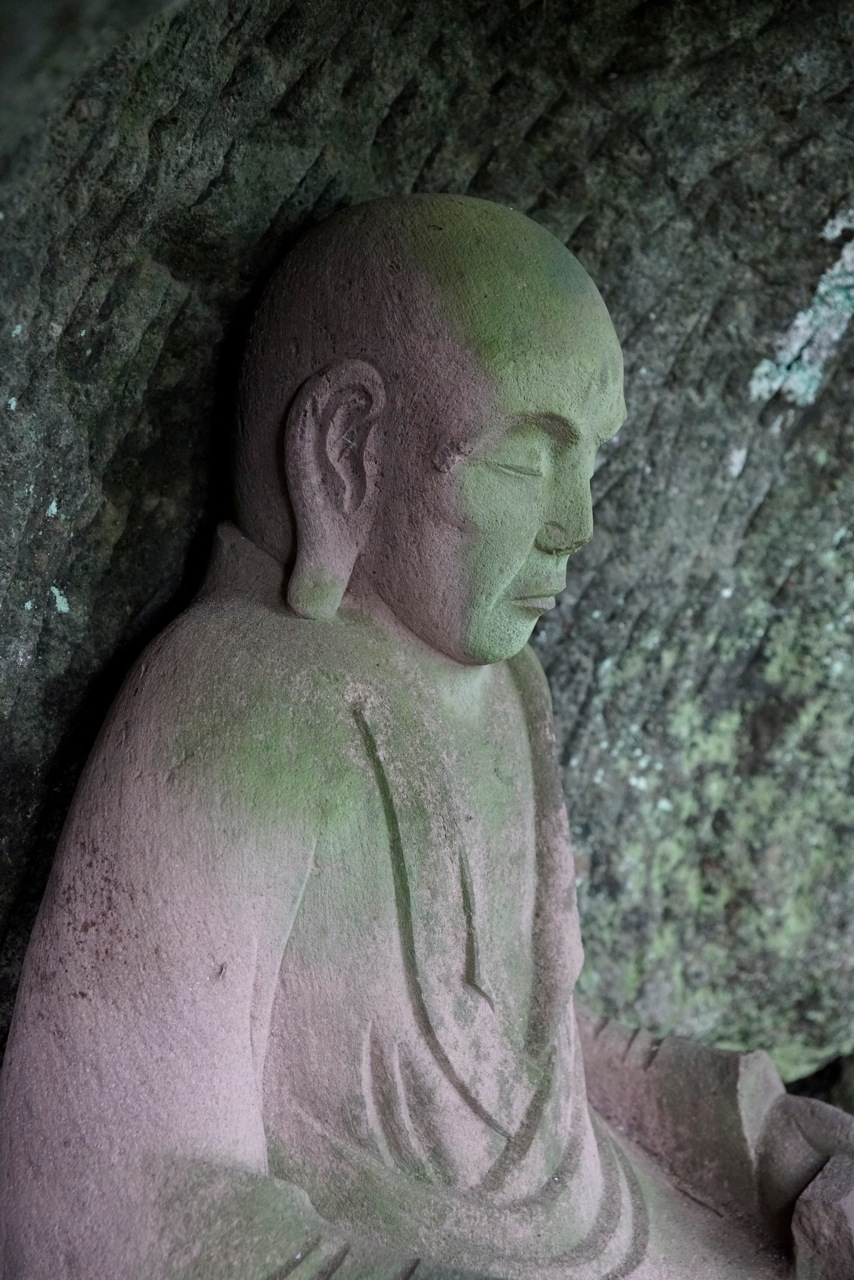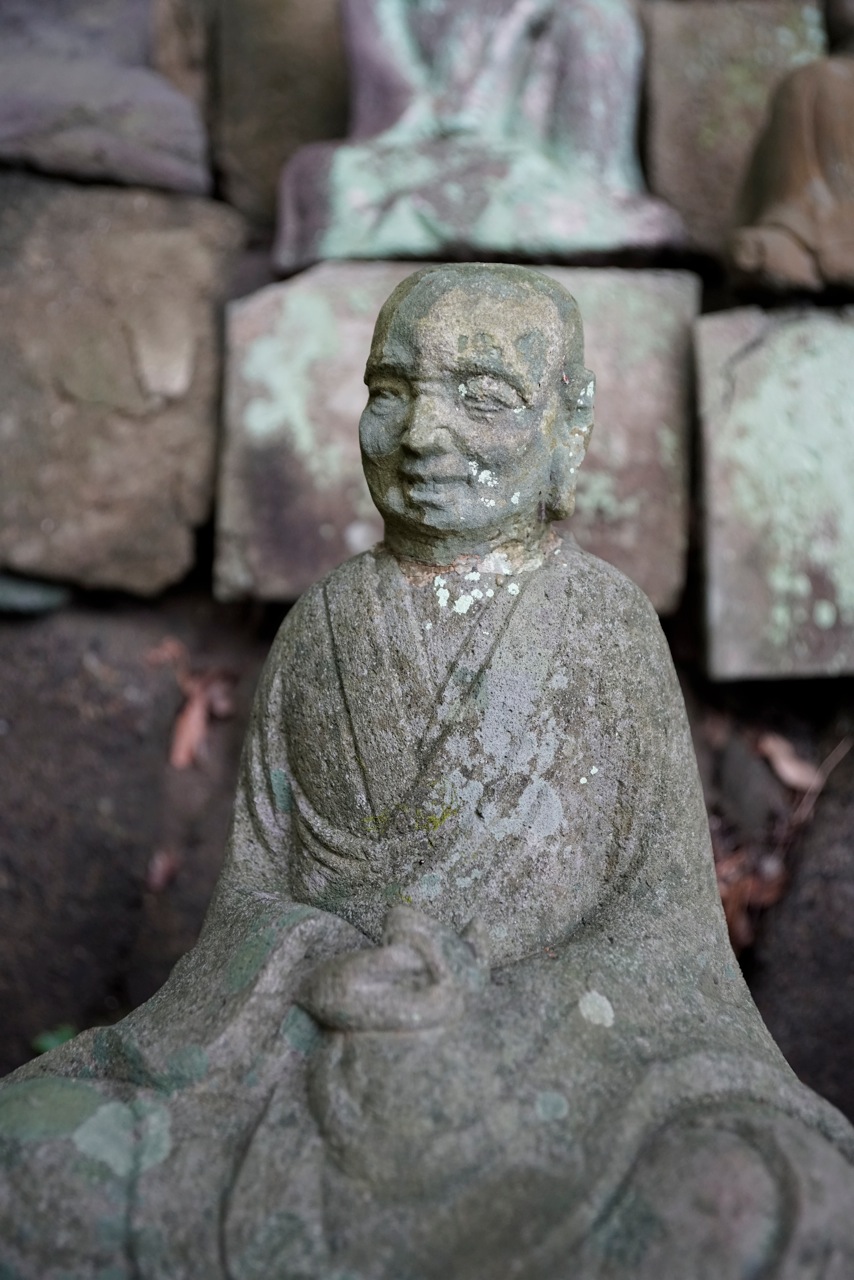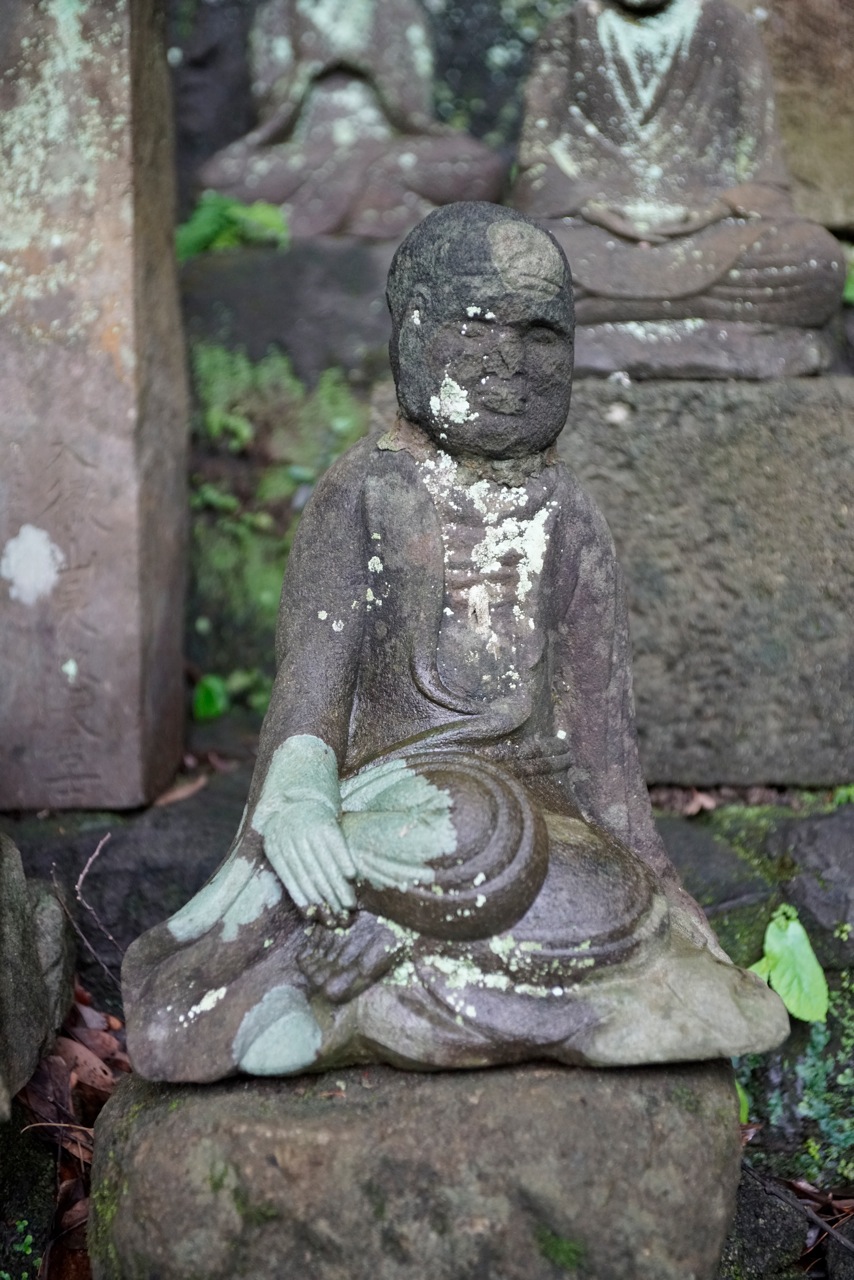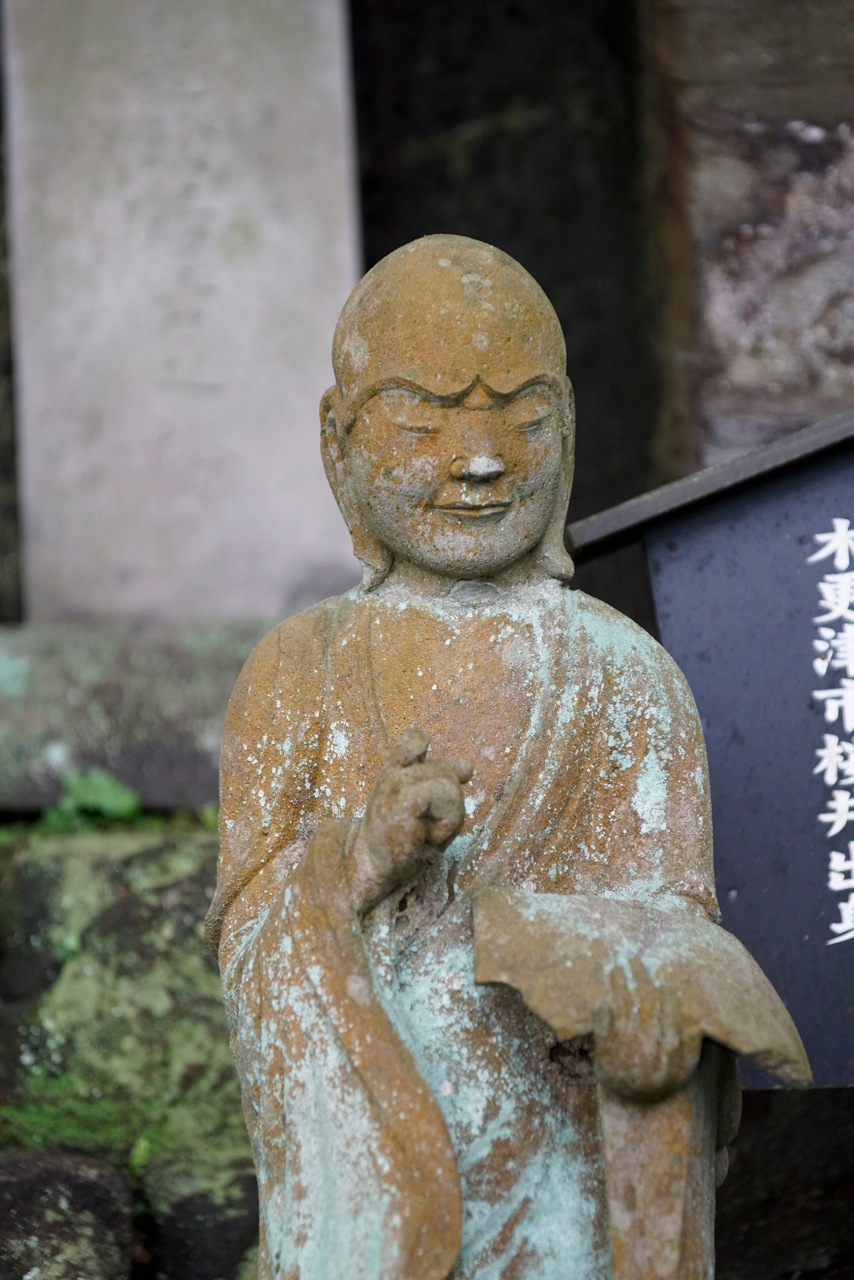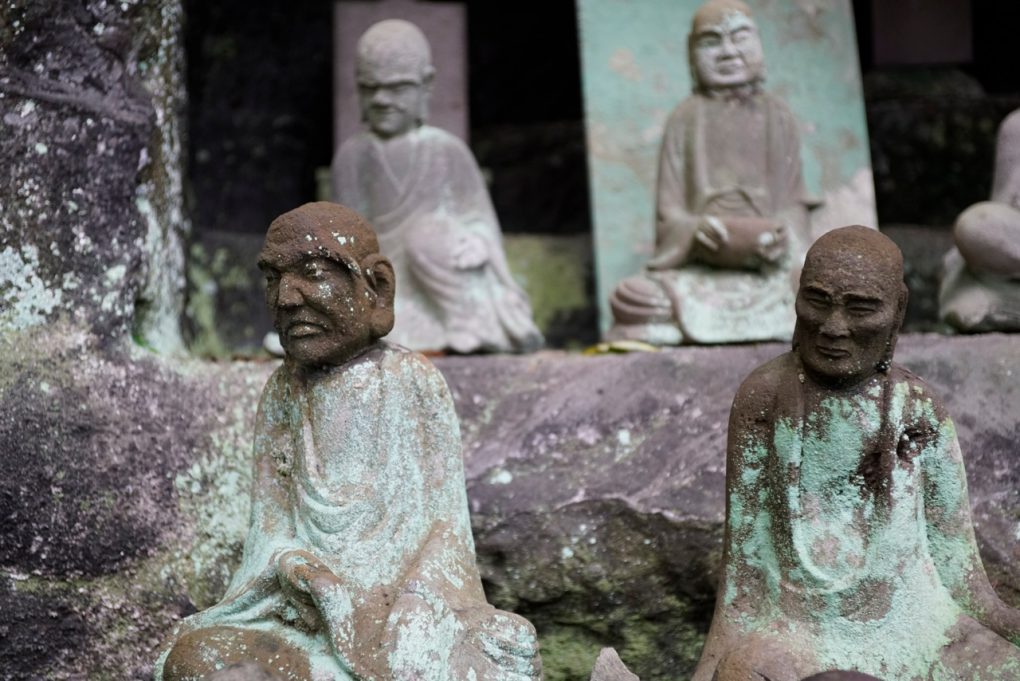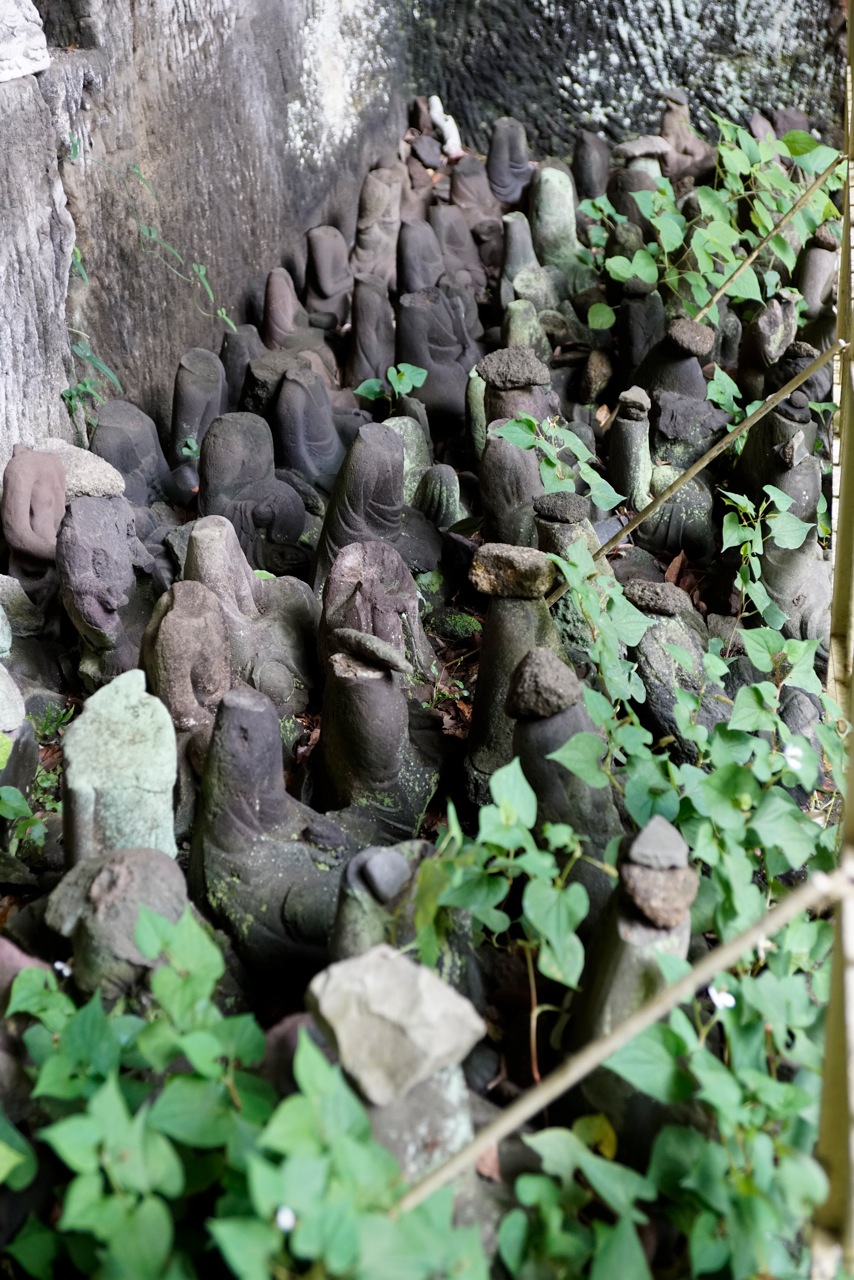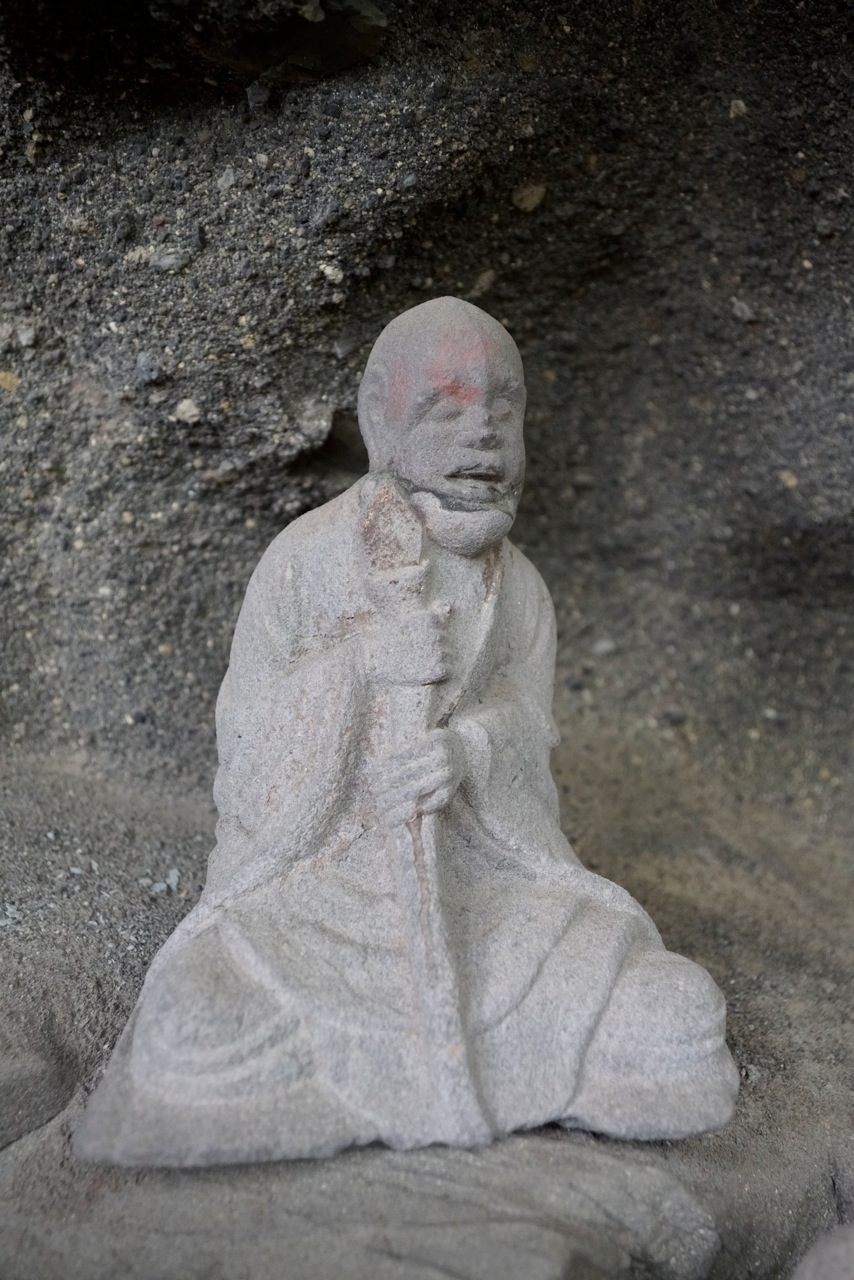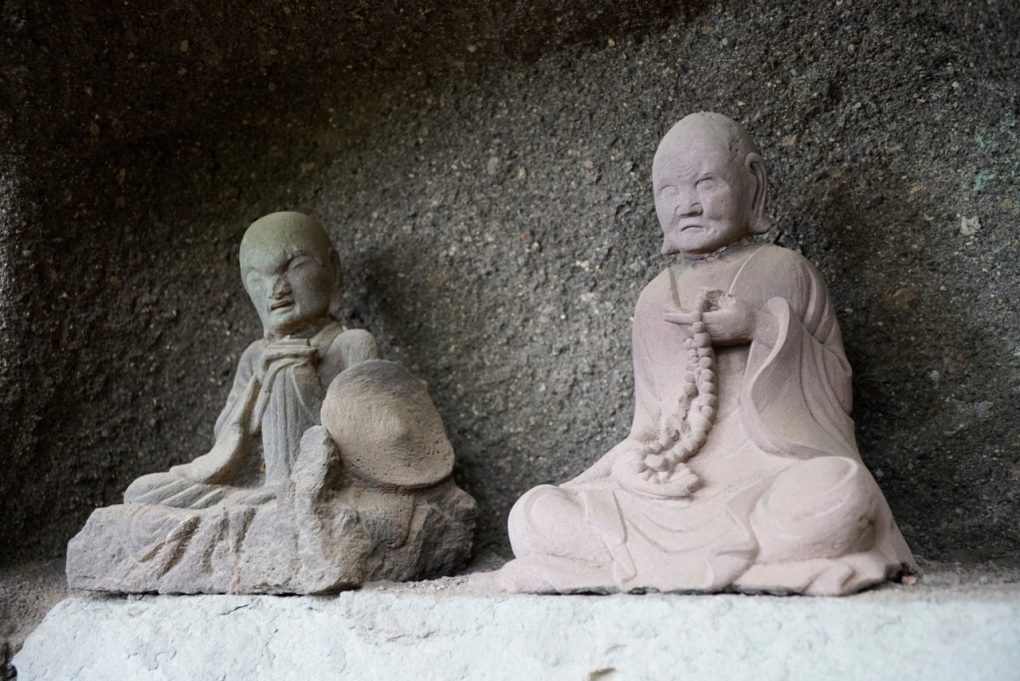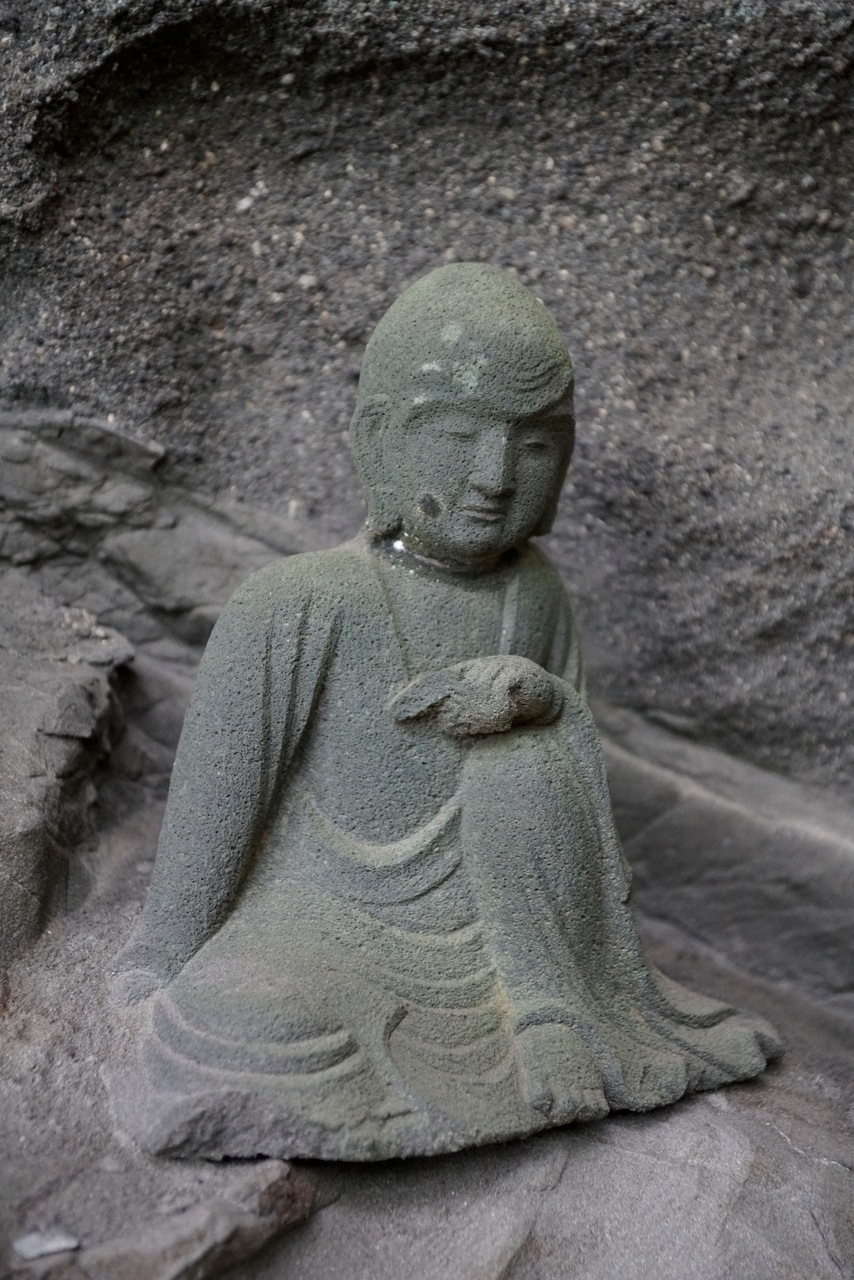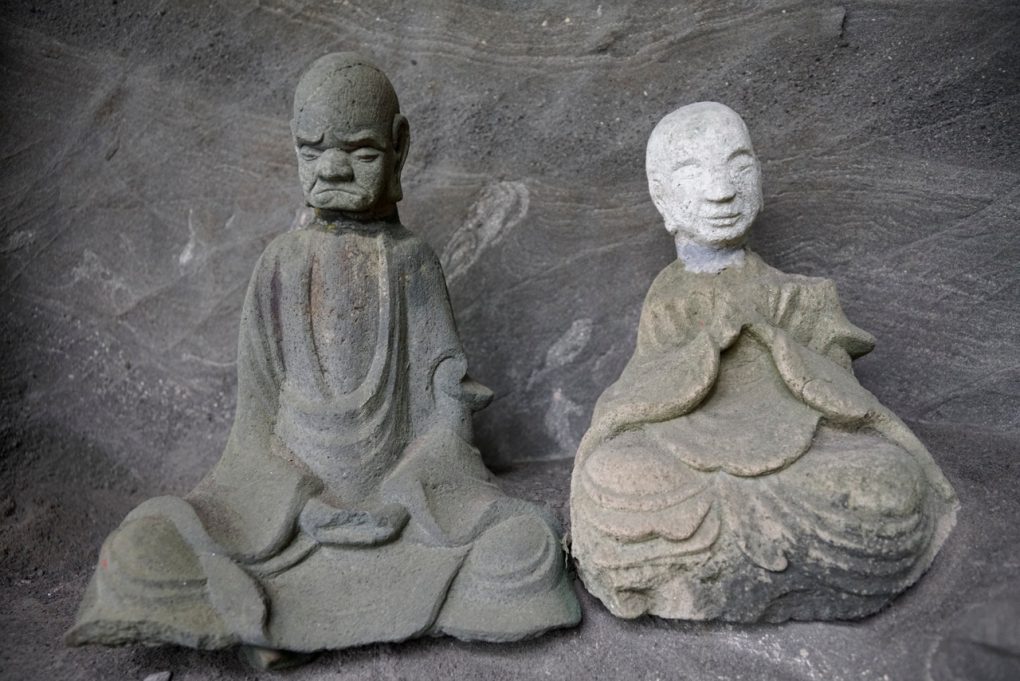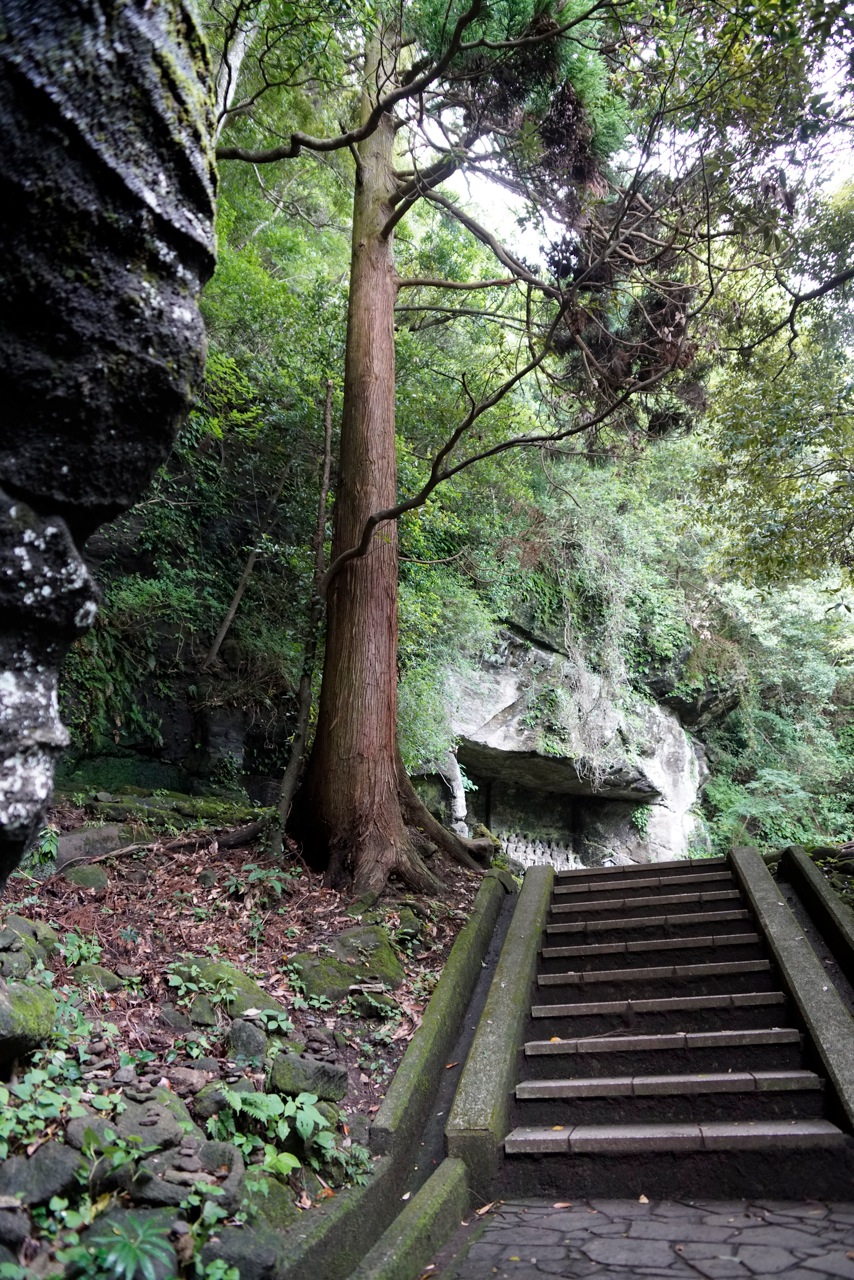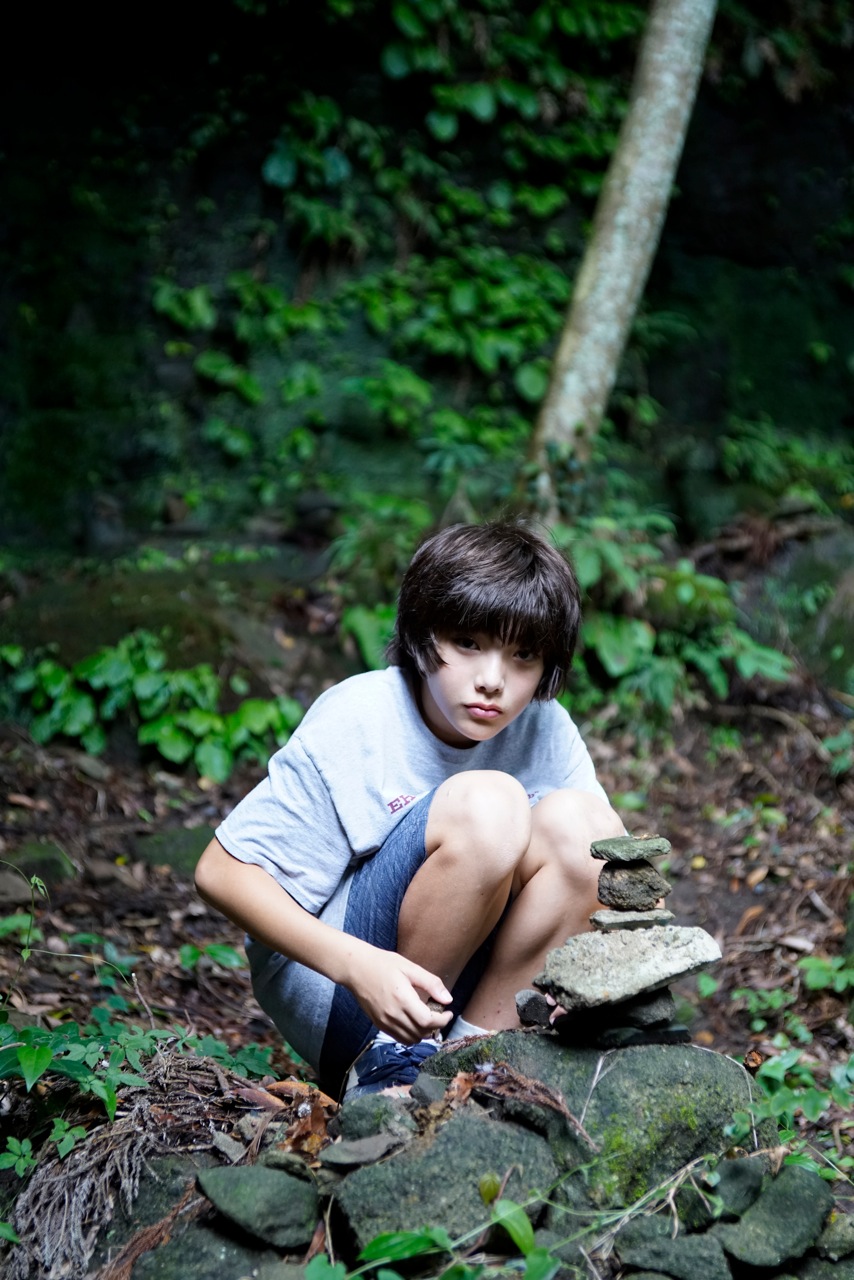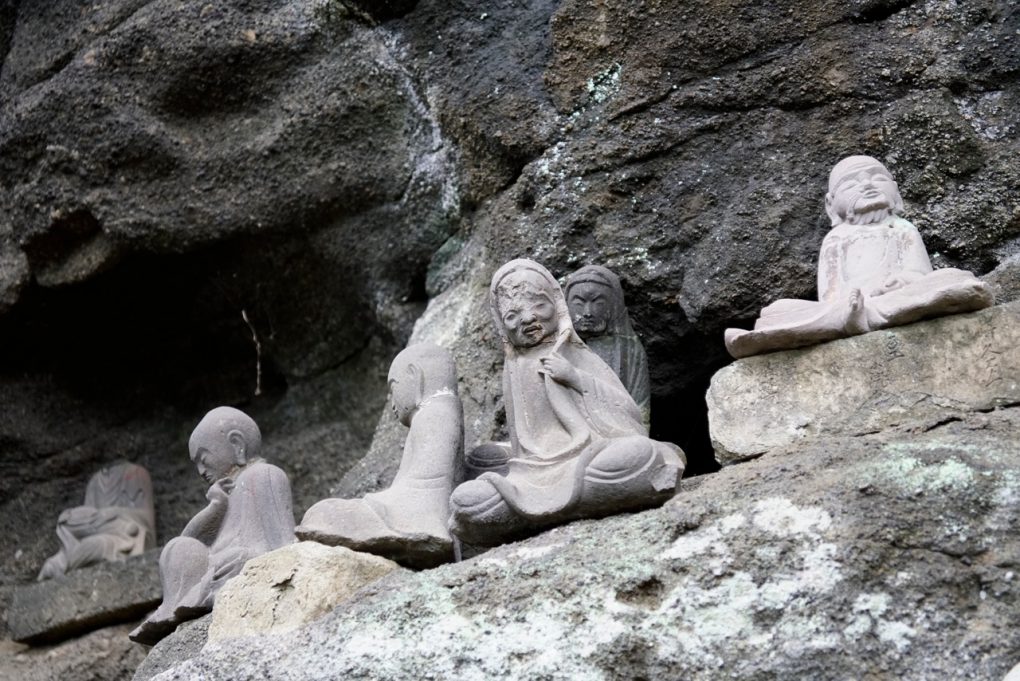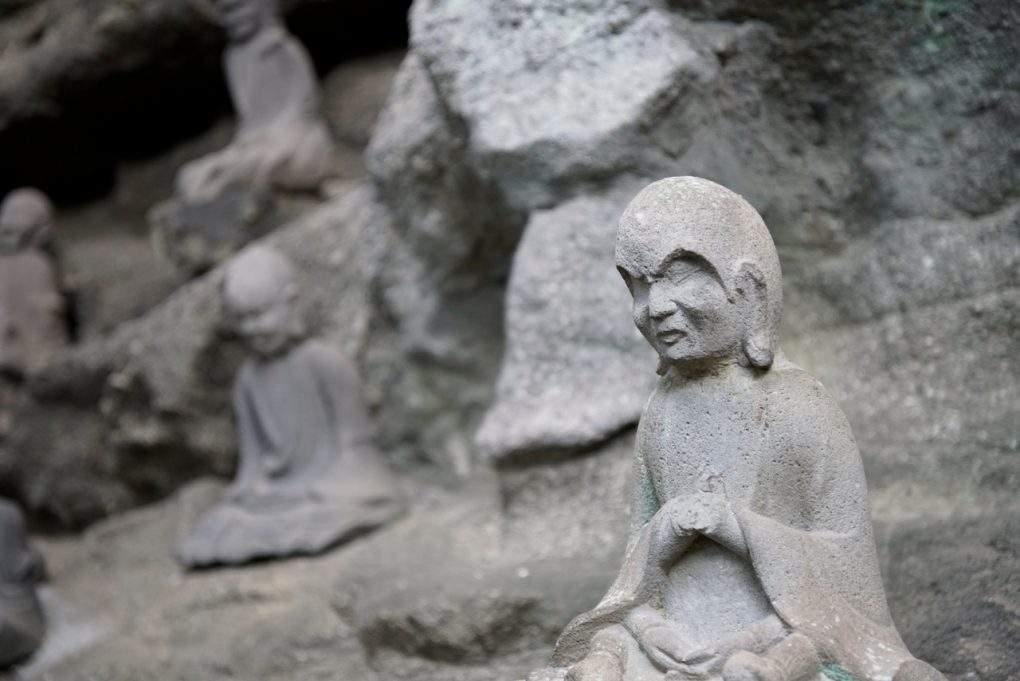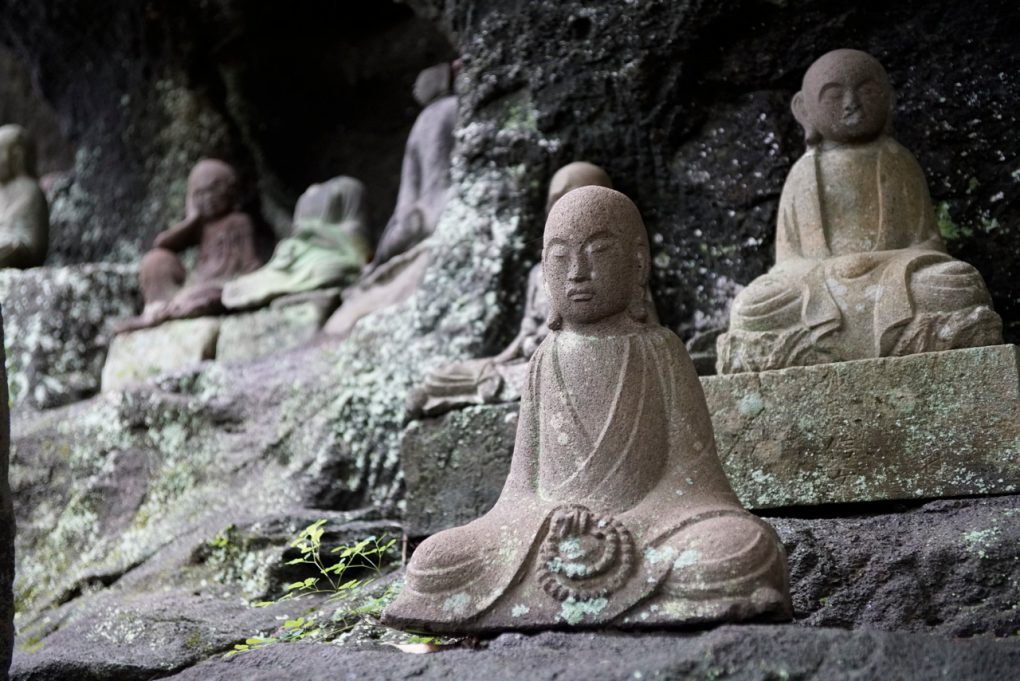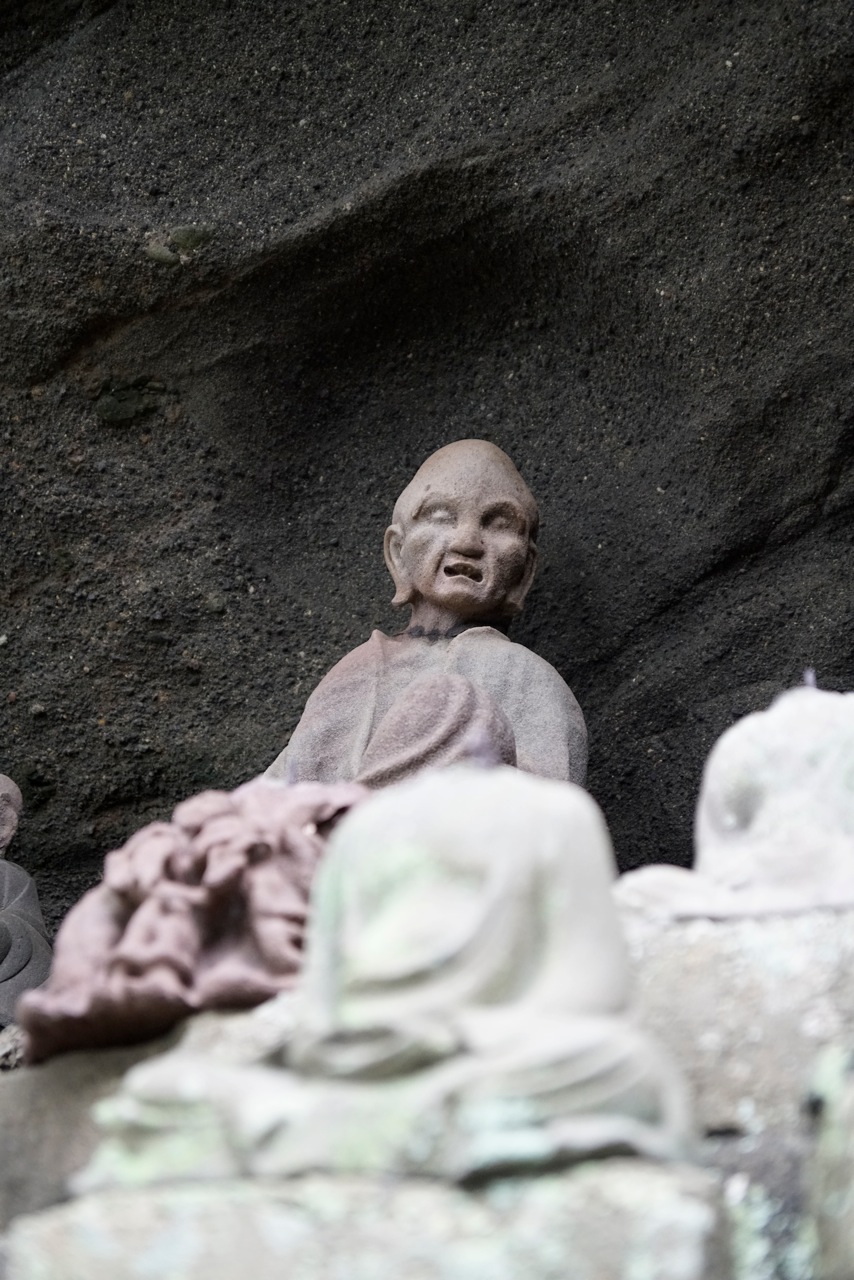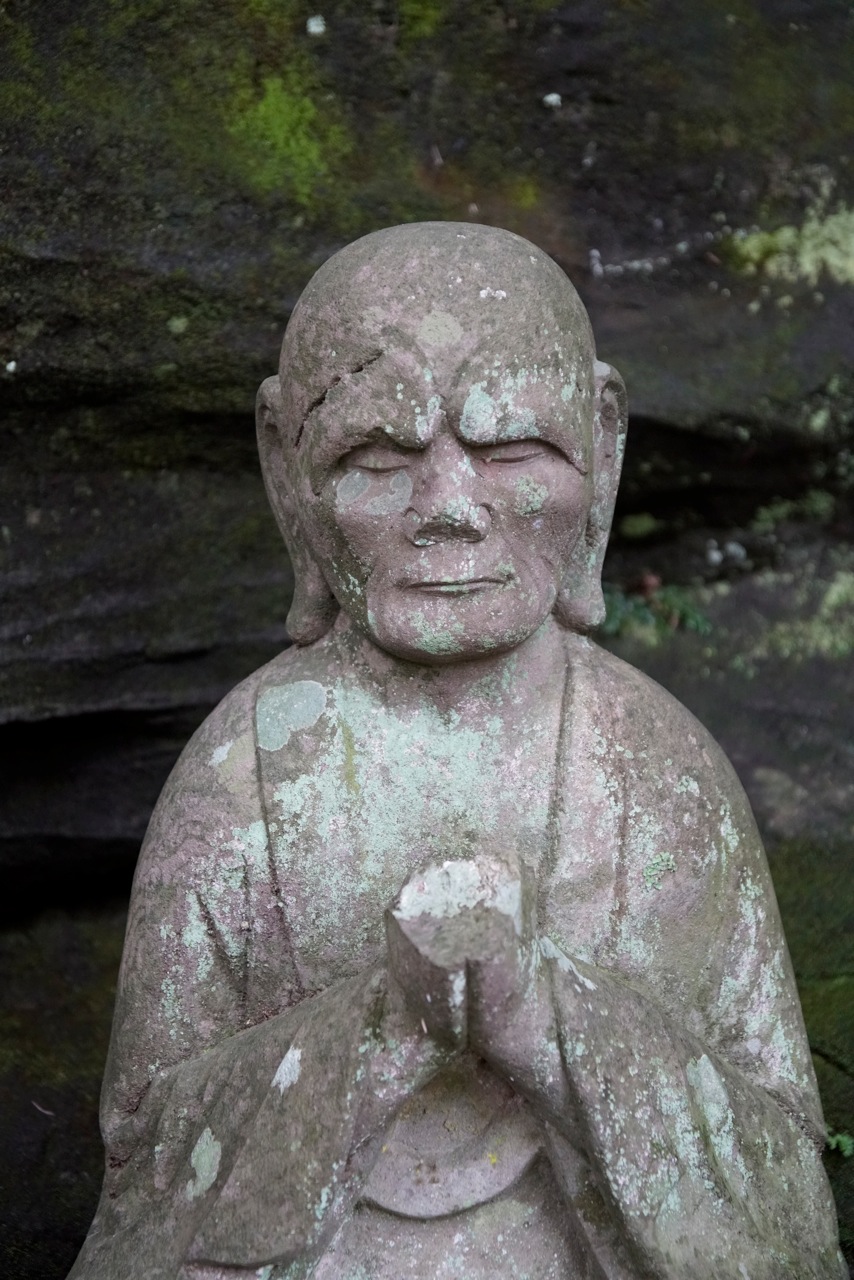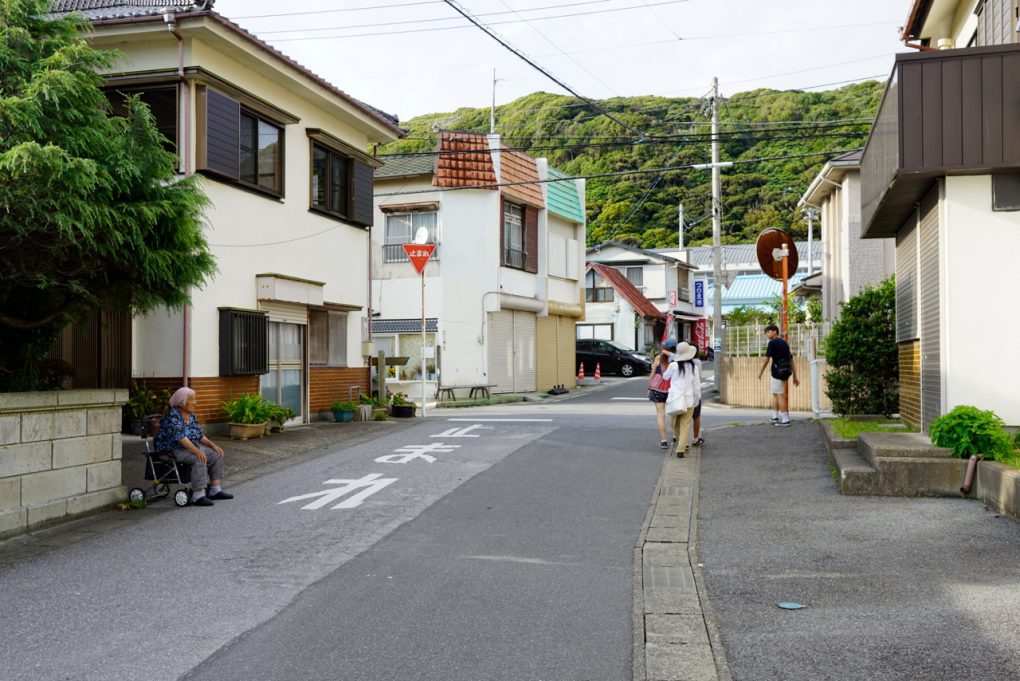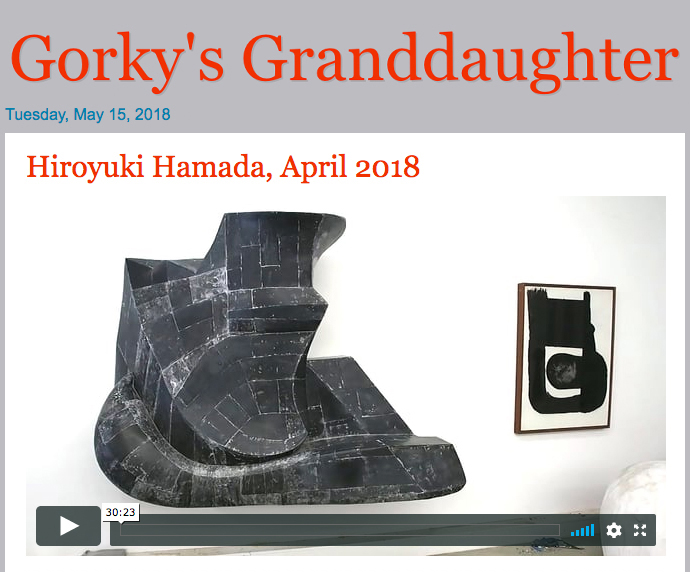-
The Utility Banquet at David Weeks Studio
I used to paint with electric drills. I didn’t actually apply paint with drills, but I used various drill bits to make patterns and marks on the work surfaces. Initially I was switching the bits on a single drill, but soon I started to use two drills, three drills and I ended up having a dozen of them on my work table. Eventually, I made a cart with drill holders and a vacuum. The set-up allowed me to be quite intuitive in handling the tools.
The cart—complete with 12 electric drills, vacuum, dozens of drill bit (many are modified), and home made tar paint—is on view at an exhibition titled Utility Banquet, curated by Rodger Stevens and David Weeks at David Weeks Studio at 38 Walker Street, New York City.
You will see custom made art making tools by artists. The show is up until August 23, 2019.Here are some of the pieces worked on with the drill cart.
-
HERE + NOW at Pablo’s Birthday
One of my pieces is in a group show at Pablo’s Birthday, NYC. Please read what the show is all about below.
#53, 2005-08, ENAMEL, OIL, PLASTER, TAR AND WAX, 96 DIAMETER X 37 CM, 38 DIAMETER X 14.5 IN
From Pablo’s Birthday and OFFICE IMPART:
“Press release
HERE + NOW
Exhibition dates: June 26th – July 3rd, 2019
Press preview: Wednesday, June 26th, 5-7pm
Opening reception: Thursday, June 27th, 6-9pm
Pablo’s Birthday and OFFICE IMPART are pleased to present “HERE+NOW”, a 7-day exhibition project which aims to raise awareness about how today’s digital age is changing the traditional art gallery model with the increase of online platforms or other examples of digital presence within the arts.
Following a conviction in the necessity to create new collaborative models, a selection of the most distinguished online art platforms currently operating in the market have been invited to showcase their artists at Pablo’s Birthday gallery space.
Participating platforms: Daily Collector, Isthisit?, This Ain’t Art School, ARTPIQ, hiato projects, AXS Art, Freud Monk Gallery will present compelling works as well as a selection of events which will revolve around this topic, “the new digital era”. We are pleased to announce ARTLAND, Daily Plinth and New Art Academy as our media partners. ARTLAND will create and provide a virtual 3D tour of the exhibition, Daily Plinth will showcase a selection of video vignettes from the project, and New Art Academy will include the digital art exhibited in their newborn marketplace for digital art.
Full list of participant platforms and artists includes: ISTHISIT?, Stine Deja (London, UK) and Joshua Citarella (New York, US); Daily Collector, Jenny Brosinski (Berlin, Germany) and Jonathan Todryk (Dallas, US); ARTPIQ, Sooyoung Chung (Seoul, South Korea) and Ant Hamlyn (Northampton, UK); hiato projects, Paul Weiner (Denver, US) and Irati Inoriza (Balmaseda, Spain), THIS AIN´T ART SCHOOL, Anna Ehrenstein (Tirana, Berlin) and Tara Wray (Kansas, US); AXSART, Tahnee Lonsdale (West Sussex, UK) and Lisette van Hoogenhuyze (The Hague, Netherlands); Freud Monk Gallery, Johan Deckmann (Copenhagen, Denmark) and Hiroyuki Hamada (New York, US); OFFICE IMPART, Hannah Sophie Dunkelberg (Berlin, Germany) and Tristan Schulze (Leipzig, Germany); and PABLO’S BIRTHDAY with Carla Gannis (Oxford, US) and Liz Naiden (New York, US).
Recently new innovative models have arisen that look on how to mediate art today. It is a reaction to the changing society due to new technologies, more possibilities, and a broader visual art market. The art scene opens up and is trying to reach a wider audience. The next generation is eager to try out new, more contemporary solutions that are fun, in demand for different formats and other means to present art.
We are interested in the diversity that new mediums present for showing art, through online galleries, pop-ups, social media based platforms exposing and gathering artists, and young emerging galleries that are vivid, hybrid and engage in this new online-based trend.
How do these different models work, what are their aims, what drives them? This is what we want to ask. How do these new models change and adapt to the art world? What happens with the reception of art? How and where to reach an audience in the digital era?
We believe in collaboration and want to group these new ways and create a vibrant exchange by opening a space for it. For one week a group show will develop with a range of diverse players and will be completed by a dynamic program of discussions, performance, and thematization of these changes in the art world.”
You can see images of the pieces in the show at Pablo’s Birthday website.
-
Wall Sculptures at Freud Monk Gallery
Freud Monk Gallery is having an online exhibition of wall sculptures which opens on March 1st. They are showing some of my pieces.
I’ve been enjoying their Instagram posts and the site has intriguing interviews by the artists in the current show. Sign up for email notification at their site. Their page has a link: @freudmonkgallery
-
#1 and #2 added to the site
Two of my oldest pieces #1 and #2 have been added to my site. I remember starting to work on #2 while I was in the graduate program at University of Maryland in 1995. I remember continuing to work on it at the Fine Arts Work Center in Provincetown. Although the pieces were added to the sculpture section at the site, when I started to work on them I had no ambition of embarking on making “sculptures”. I was merely moved by phenomenon after phenomenon appearing and disappearing on the work surfaces. I was interested in an object-like quality—as opposed to a window to look into an illusionistic-paint scape. I was taken by texture, scratch marks, peeled paint and chunky paint blobs. Instead of working on canvas, I started to work on wood panels (hollow core doors were cut into appropriate sizes with the ends refinished) so that I could dig into them, staple them, bore holes and bang on them. I also built the surface with burlap and plaster for more texture. The layers and my improvisation on them revealed many intriguing visual narratives. It completely captivated me that I could speak with my work. #1 was documented with slide film so it has the soft, grainy look. Remember shooting slides, making dupes and sending them out? All the rejection letters? Lol.
#1, plaster, tar and wood, 24″ x 19″, 1995
#1 detail view
#2, acrylic, burlap, enamel, plaster, tar and staple, 36″ x 36″, 1995
#2 detail view
#1 detail view
-
#32 added to the site
A piece from 1998-2001 has been added to the sculpture section of my site. I’ve been conscious of the fact that many people who look at my work do so through the Internet. I’ve learned how to document the work and I believe I’ve done a decent job. But obviously, looking at the work through screens with their limitations curtails the appreciation. Certain pieces will appear better than others as some aspects are easier to perceive than others on screen. It is completely impossible to convey the significance of certain others. But having said that, it is absolutely mind-blowing that we do more or less recognize visual languages across the globe while many of us don’t even speak the same language. Our governments might even consider your governments “enemies”, building nuclear weapons, badmouthing peoples based on their nationalities and so on. But we have the same language to build our friendship.
#32, enamel, oil, plaster, tar and wax, 38″ x 36″ x 1.75″, 1998-2001
-
A drawing for a new piece
I’ve started making a new large sculpture a few months ago. It’s still at a planing stage but I am quite excited about the it. Making #82 taught me a lot in terms of the material and how to express two dimensional drawing as a three dimensional object. Right now, I’m still struggling with a model. Here is a drawing of it.
-
1500 Rakan Statues of Mount Nokogiri
People sometimes ask me what religion Japanese people practice. I usually end up saying that Japanese people aren’t very religious at all. But paradoxically, if you go to Japan, you encounter huge shrines at tourists’ spots and there are numerous smaller ones across the country in many forms. You visit a Japanese household, you might also find a shrine, a box shaped prayer spot, called butsudan.
There certainly are indications that Japanese society is bound together, to a certain extent, with beliefs, values and norms deriving from variations of Buddhism and Shintoism.
To me, who grew up in Japan, it is natural to perceive such a traditional framework as a cohesive layer that can be loosely described as sort of “religious”. It guides traditional ceremonies and rituals of life, death and spiritual, and it contributes to world views of the Japanese people in varying degrees.
However, it should also be noted that this framework really does not address fundamental existential questions for the Japanese people today. In other words, people would go along with the customary rituals as long as they facilitate their social interactions and obligations, however, as soon as they impede their material necessity, they can be set aside. Japanese society is extremely secular and the grip of the socioeconomic hierarchy over its people is very firm. After all, Japan has played a crucial role as an economic power in the western hegemony for generations after it was incorporated into the order of the American empire.
Our trip to Mount Nokogiri, however, has shown me how the abstract notion of traditional Japan has many layers that are deeply conflicting and it has had tumultuous aspects as we examine it in historical contexts.
Mount Nokogiri is located in Boso Peninsula, Chiba. As you can see on a map it is relatively close to Tokyo. My wife and I visited the area once before we had our kids. I loved seeing rakan statues (stone carved arhat statues) along the path during our hike. To me they appeared as expressions of lives emanating from the area which had been regarded as sacred for many centuries.
This time, we decided to stay for a couple of nights at a nearby seaside city, Tateyama. The inn we picked had a nice view of the water and hot spring baths. Since my mother couldn’t take the mountain hike, I wanted her stay to be nice as well. It was a few rustic train stops away to Mount Nokogiri.
I really liked riding the rural trains in the area. Going a few hours south from Yachiyo city into the Peninsula made the scenery much greener and it was fascinating to observe a glimpse of country life as we passed fields cultivated with various crops, a house sitting among trees without a discernible way to get there, huge hawks flying over us and the water visibly getting cleaner as we got closer to our destination.
The hike was magnificently wonderful. It was a bit strenuous for me, with numerous steps. But I’ve never felt a physical exercise to be so refreshing, so invigorating and so satisfying (in fact, it inspired me to start exercising again when I came back to the States).
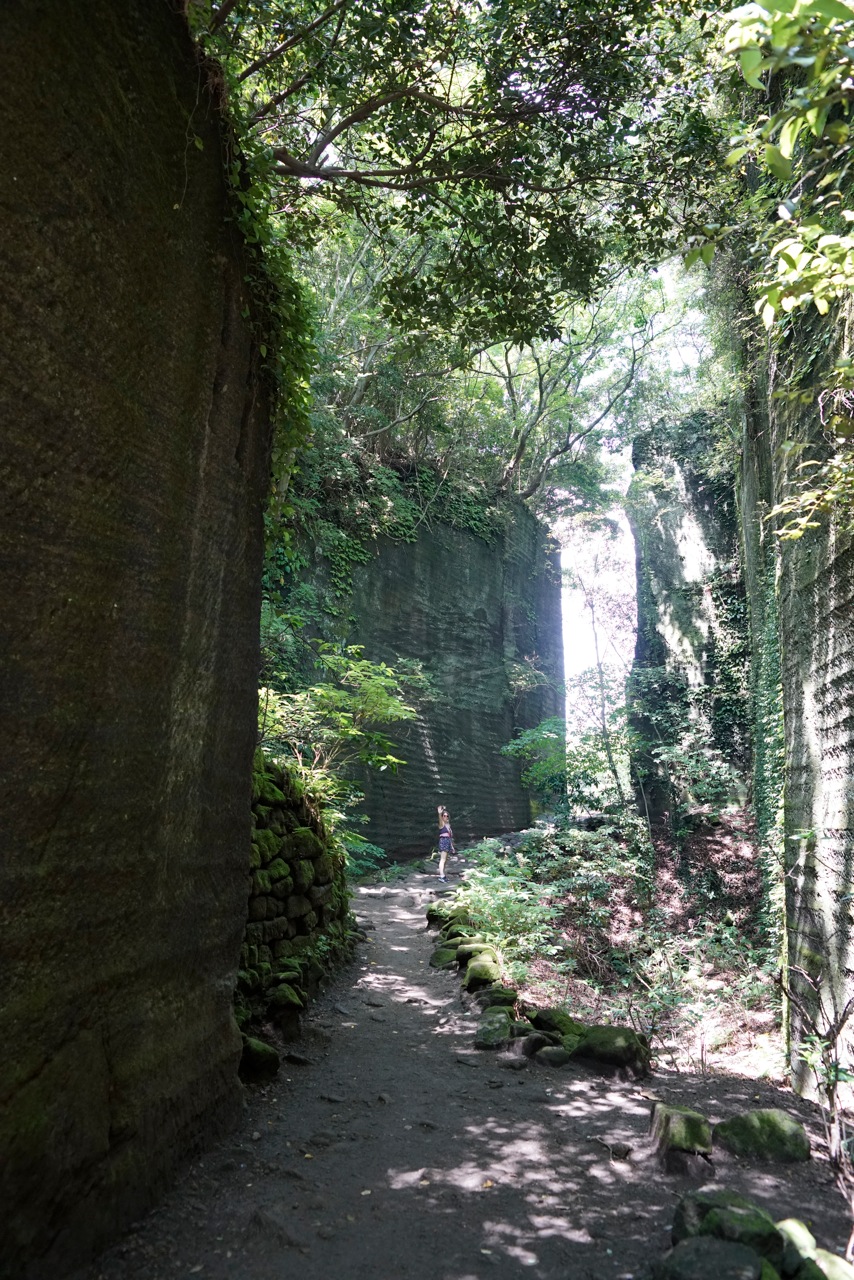
Nokogiri means saw blade. The jagged appearance of the mountain stems from its history being a prominent stone quarry.
I took many pictures of the small statues as we walked. If you look at the statues carefully, you will notice that the necks of them have traces of reattachment. Those statues were all violently destroyed once during the haibutsukishaku movement. As the rule of the Tokugawa shogun family ended in 1868, the new government, aspiring to be one of the imperial powers of the time, embarked on drastic reforms. One of them was a separation of Buddhism and Shintoism. Shintoism was elevated as a national religion while Buddhism was regarded as a part of the old power. There was a strong momentum to see the power of Buddhist entities as an abusive and corrupt part of the past. The accounts from the time certainly indicate that the deeds of the Buddhist class did reflect such descriptions. The result was an emergence of a large scale destructive movement across the country against anything Buddhist. As to Shintoism, it eventually ended up as the backbone of imperial Japan, propping up the Japanese emperor as a living god, prompting a direct collision with the US imperial plan over the hegemonic rule of Asia. The inhumane momentum of destruction and atrocity took many lives in Asian countries. In the name of the living god the Japanese colonizers sent young lives as suicide bombers. The colonizers of the US dropped nuclear bombs on two cities full of people in order to declare its hegemonic superiority against enemies and allies alike.
Today the Buddihist legacy in the Mount Nokogiri area is regarded as a significant cultural asset. The beautiful trails are well maintained, so are the shrines and statues for many visitors. It was breathtaking to encounter spectacular views throughout our walk. The weight of the historical layers also compounded the profound orchestration of the natural elements. The moss covered expressions of the aged statues–sad, tormented, resigned, angered, struggling, peaceful and fulfilled–were voices from the past beautifully sublimated within the harmony of nature and people.
As we were waiting for our bus back home, a man at a tiny local restaurant insisted that we take a look at an underground imperial Japanese fortress in Tateyama. Although we couldn’t extend our trip for it, according to him, a mile-long tunnel dug during WW2 is something you must not miss if you were in the area. He also mentioned that the entire Mount Nokogiri was a huge military fortress during the war. To the imperial Japan, the area, situated at the entrance to Tokyo Bay, was the last defense on the ground protecting Tokyo against the invading US forces.
Famed sculptor Isamu Noguchi said that time can heal stones in describing his stone carving process. Time can certainly give us a thrust of objectivity while natural elements can provide a layer of harmony, presenting a new way to understand what unfolds before us. Mount Nokogiri certainly stood as a sacred ground before me. The overwhelming sense of awe generously erased the scars of human atrocity.
However, it has also made me aware of myself as a captive of our time. Tateyama’s imperial Japanese base is now a base for the Japanese self-defense force. The corporate media is eerily silent about the fortification of islands around Okinawa, which lies at the tip of the archipelago and houses an American military base. Japanese regulations have been changed to allow a Japanese “self-defense force,” ostensibly to operate as a part of the western force against China. Those shifts coincide with the US pacific policy to counter China as an emerging economic power. And more urgently, I couldn’t help being reminded of inhumane atrocities of our time–bombing campaign against people, suicide bombing, underground fortress, destruction of environment and cultural heritage and so on and so forth are all elements emerging from the western colonial wars being waged against the Middle East and elsewhere today.
Have we learned anything from the past? Our ability to see our history and events embedded in it, weaving the flow of time and space, as a unified front, as a collective part of our identity, allow us to tolerate pains of atrocity, allow us to reconcile, allow us to rebuild and allow us to be. But we do know that the significant portions of the sufferings and deaths are endured by those who are powerless. How could we allow ourselves to let the momentum of time swallow so many of our fellow humans? Why are we tolerating colonial destabilization of “other people’s”? How could we close our eyes as we encounter people sleeping on streets or losing their lives because they can’t afford to be healthy? Why can’t we focus our hope for renewal for the people who have and will suffer the most? How could we recognize the fact that our willingness to tolerate the hierarchy of money and violence, as the shape of our species, inflicts pain against “others” and against ourselves at the same time, forcing ourselves to expect nuclear missile attacks instead of reaching out for sharing and peace?
Every time I hear people say that for things to get better, things have to get much worse, I think of what happened in Fukushima. Three nuclear meltdowns have not woken up the people. The nuclear industrial complex of Japan is firmly embedded within the war economy of the empire.
This is not the time for conflict. This is the time we need each other to see what has become of us. Let there be braveness, determination and steadfastness in renouncing the cannibalistic momentum of self-destruction. The sacred power of nature will always embrace us no matter how we will do.
-
Gorky’s Granddaughter: Hiroyuki Hamada, April 2018
I had a wonderful studio visit by Zachary Keeting and Christopher Joy from Gorky’s Granddaughter a few weeks ago. They captured it nicely for you to see it as well.



